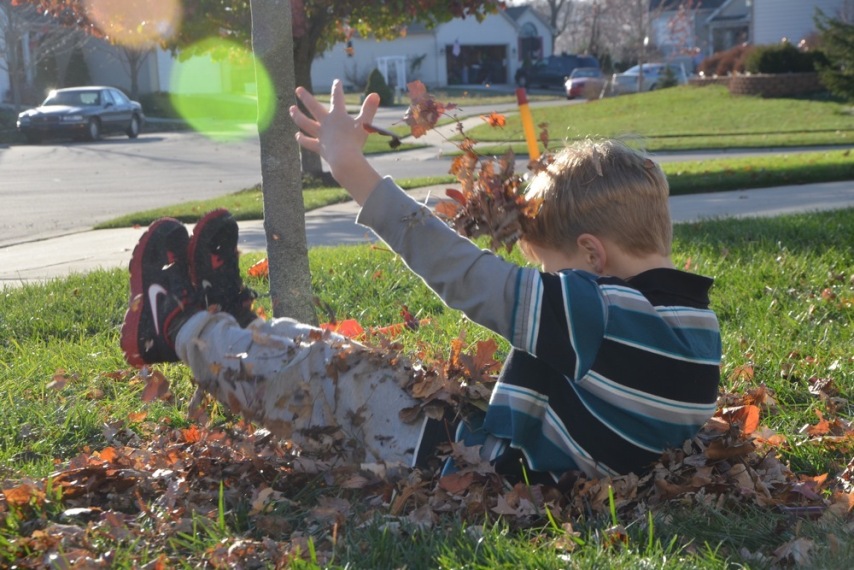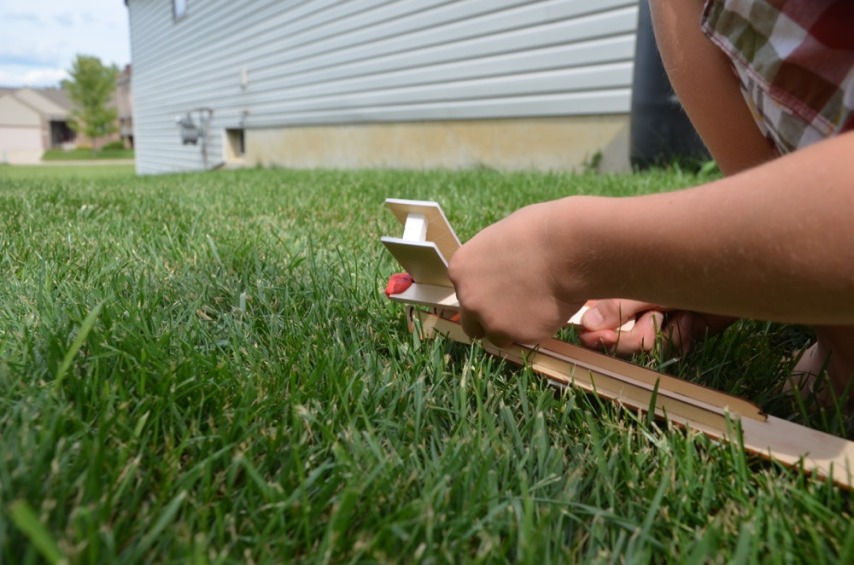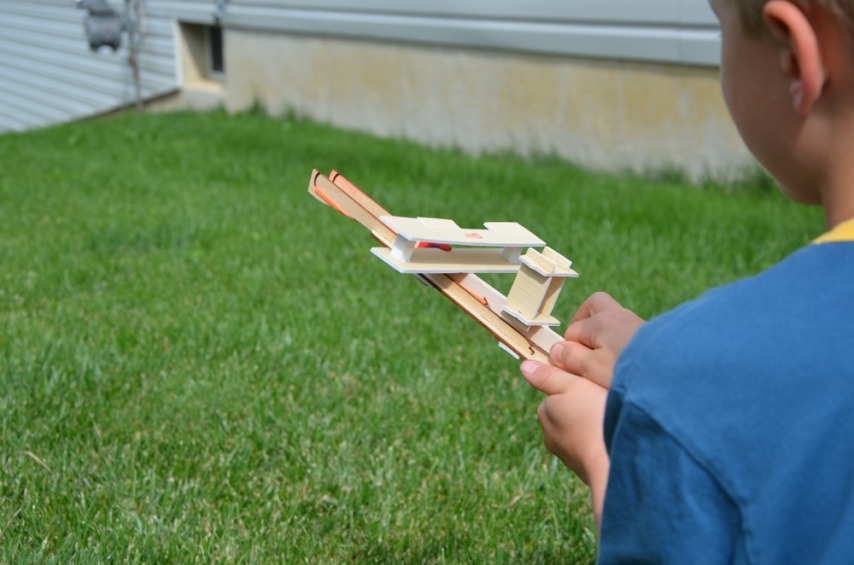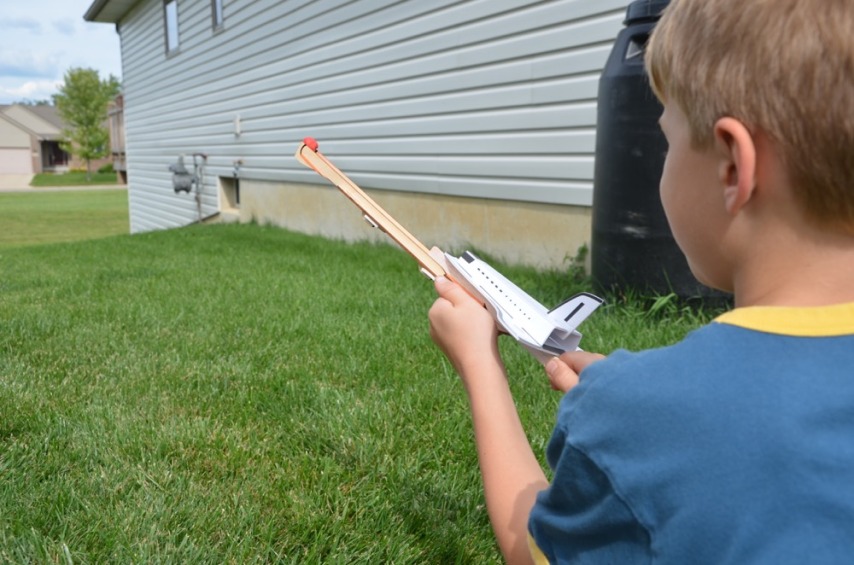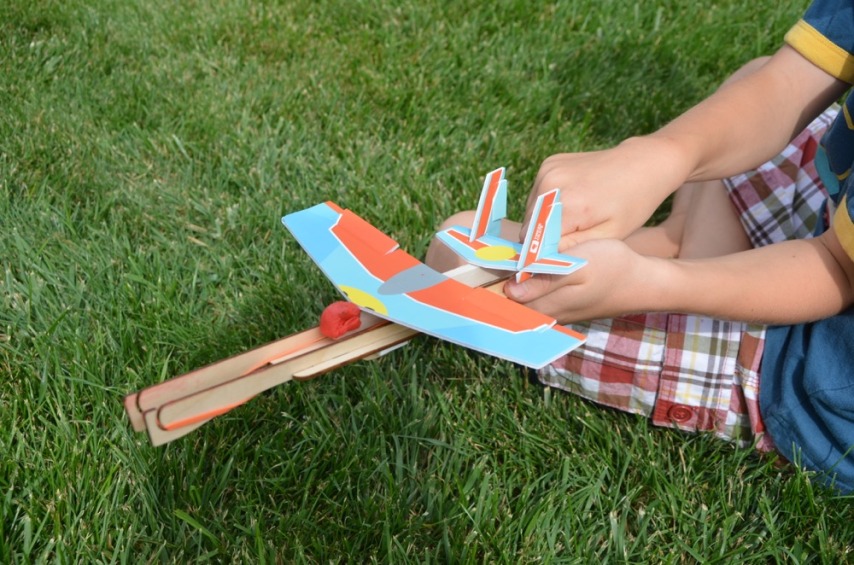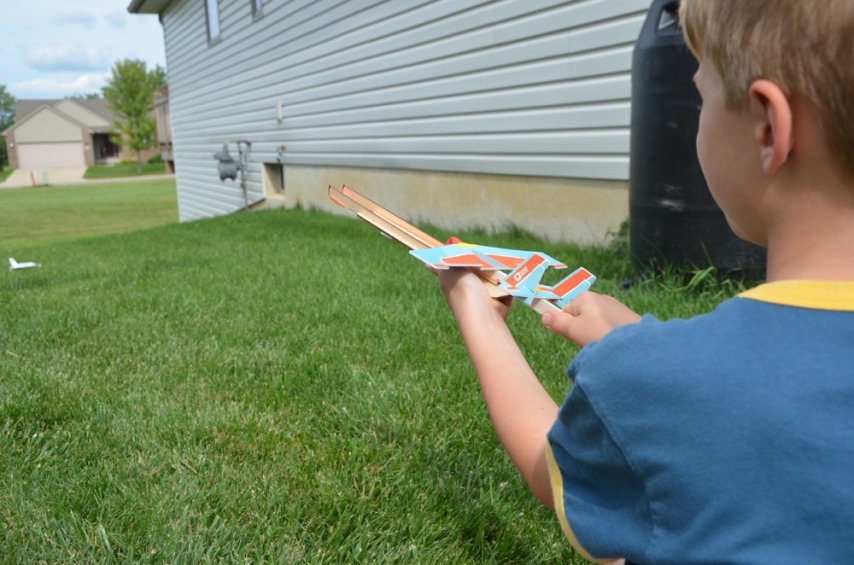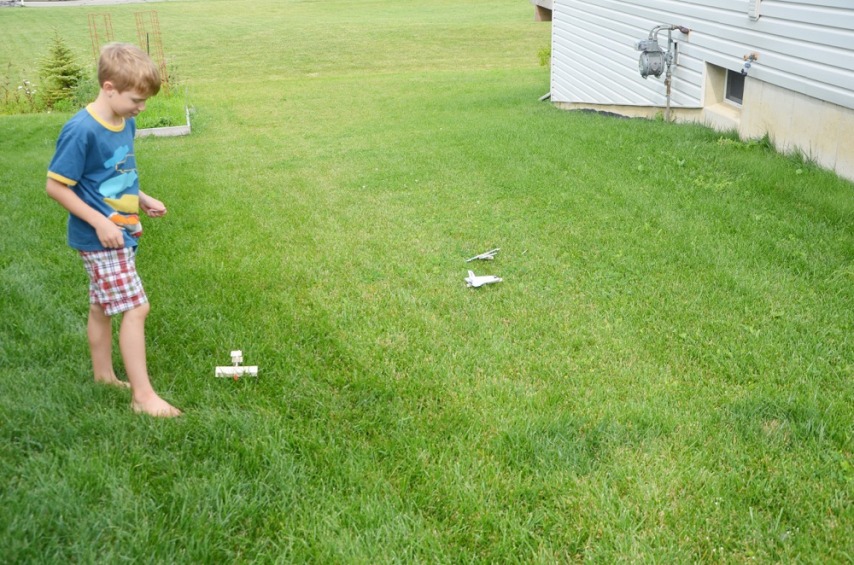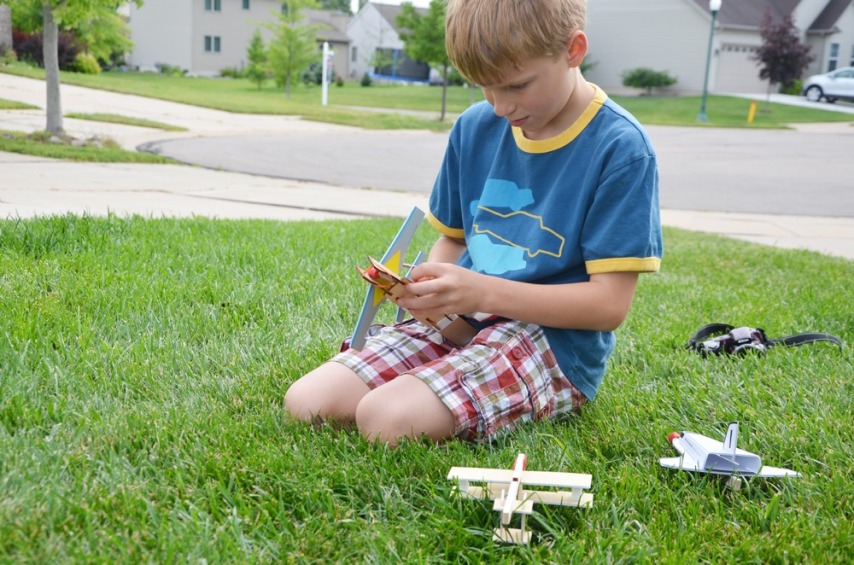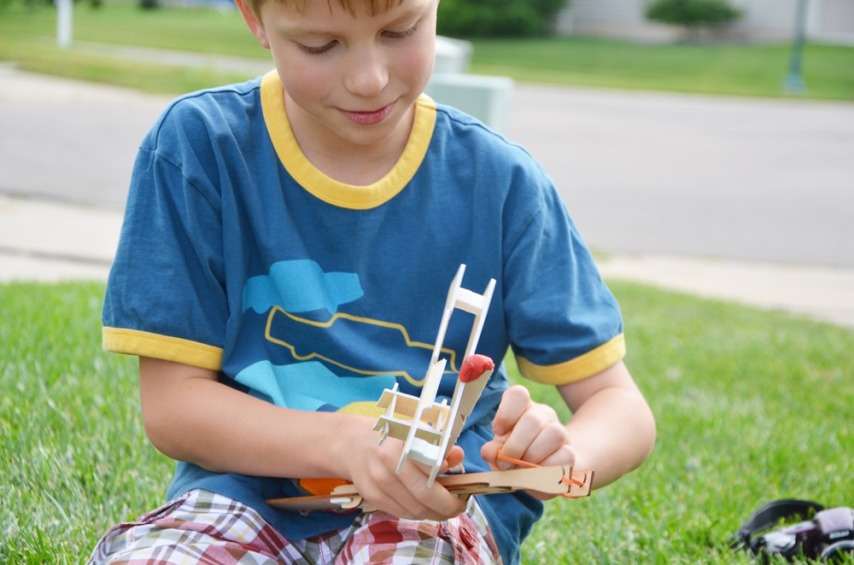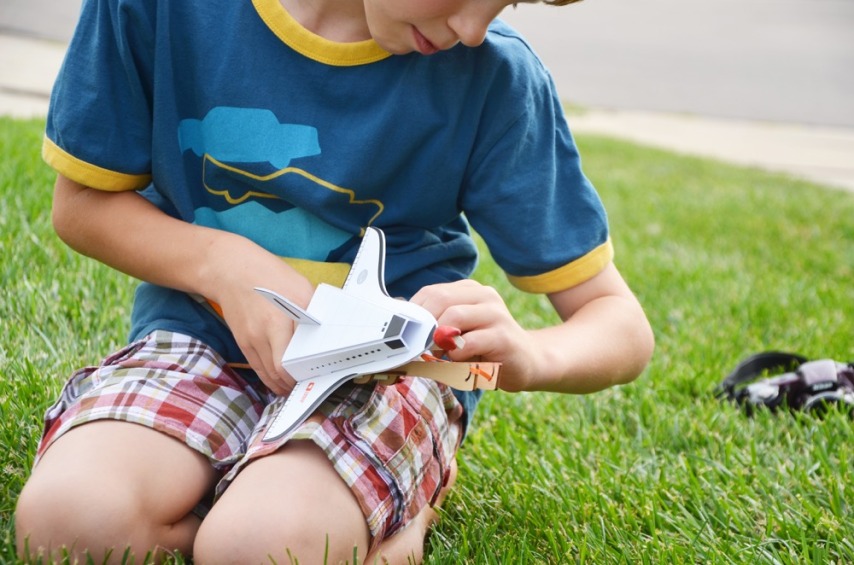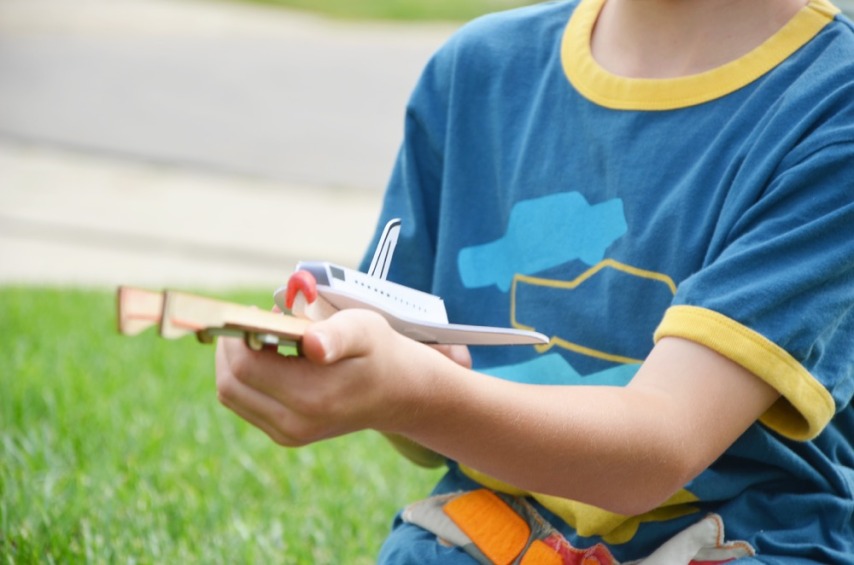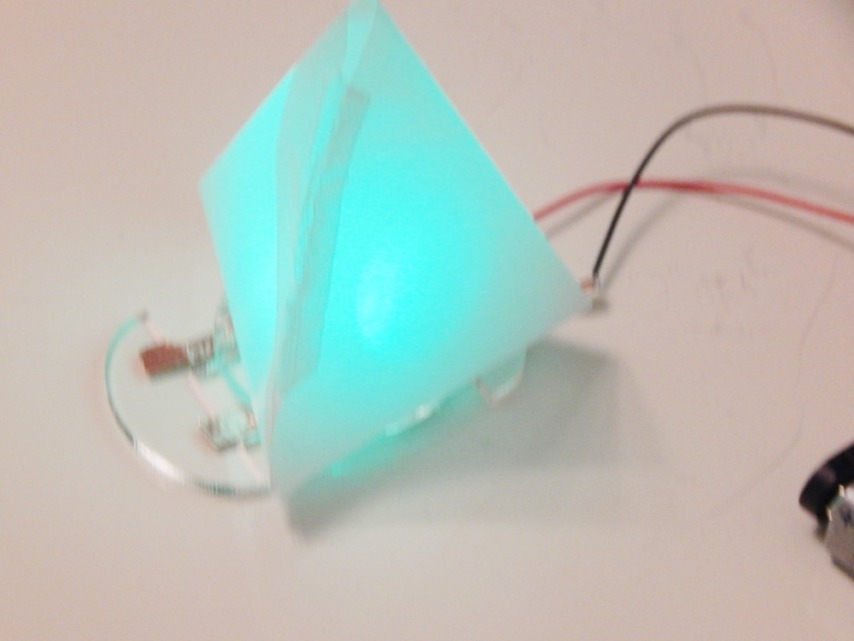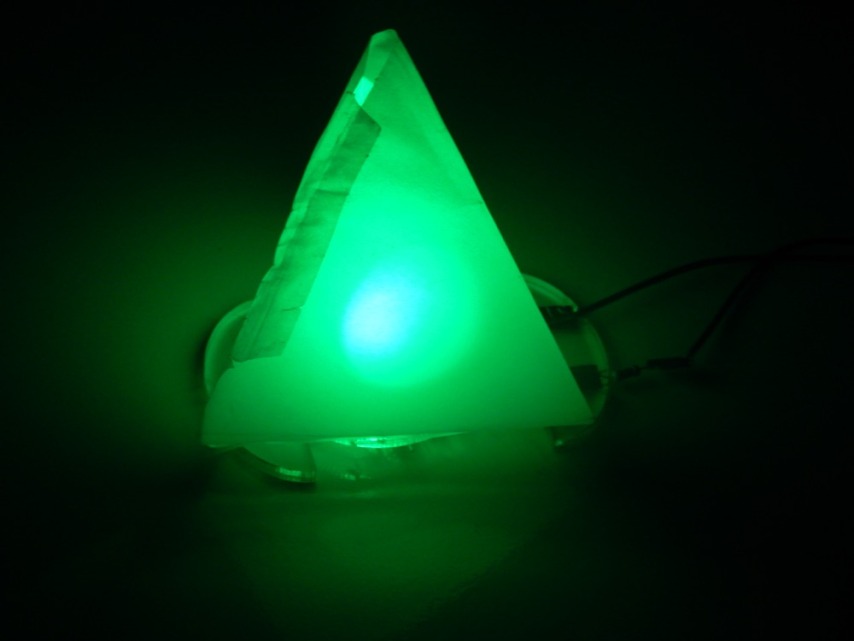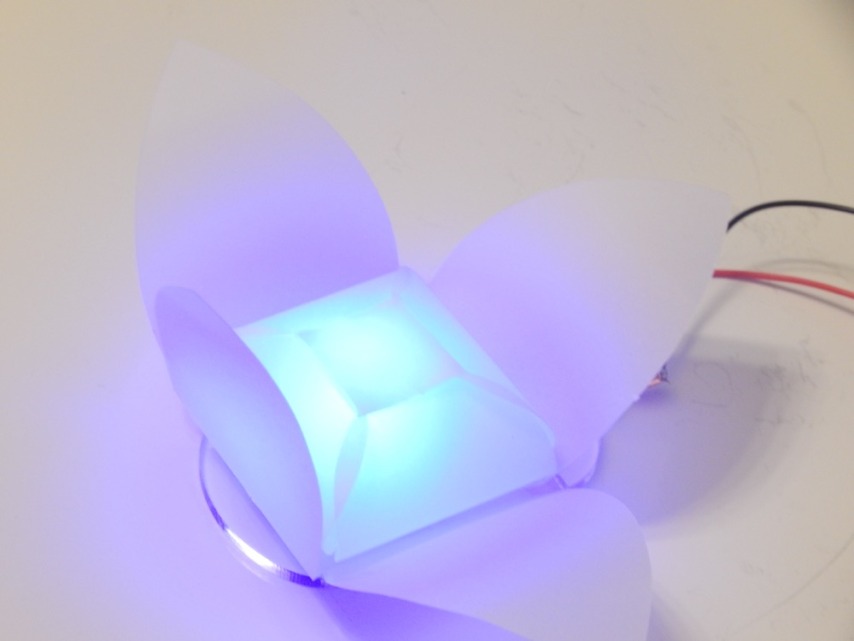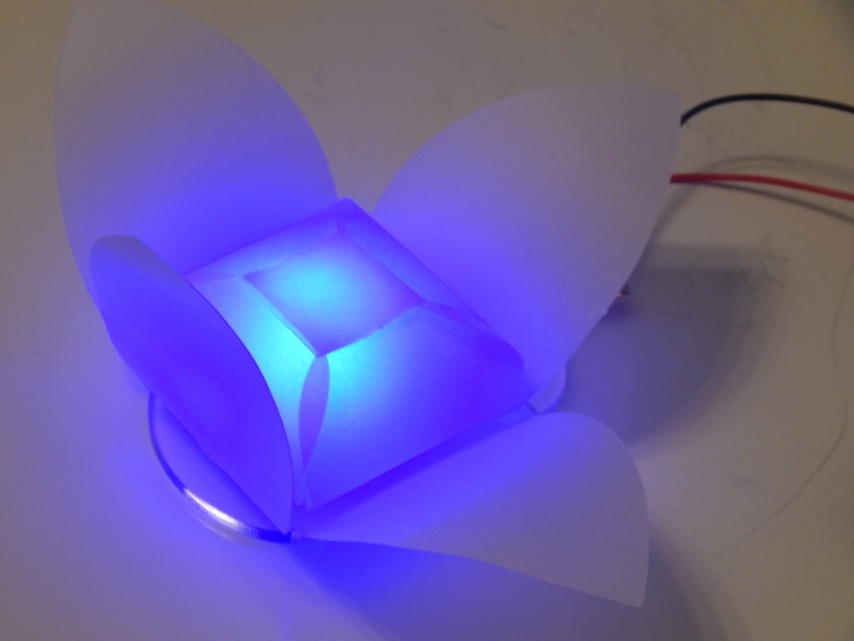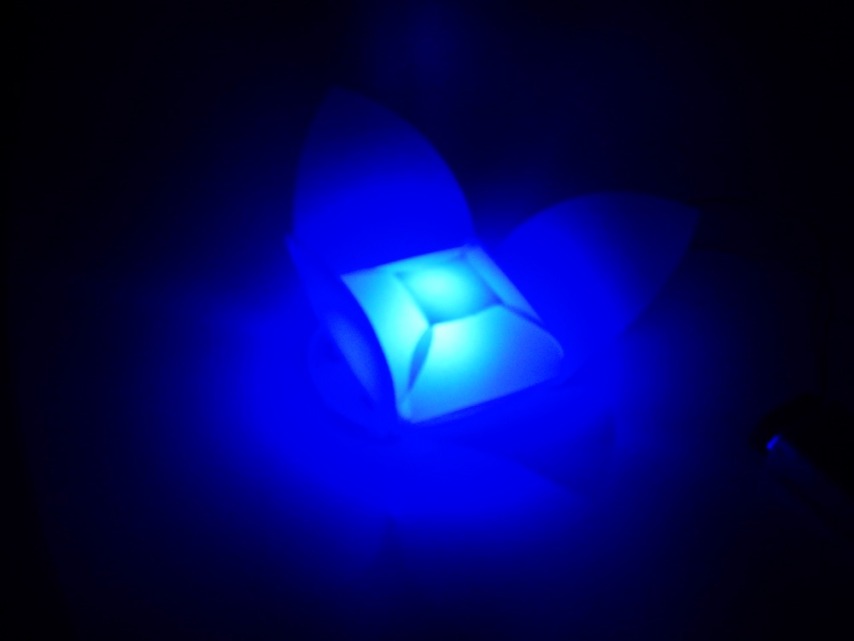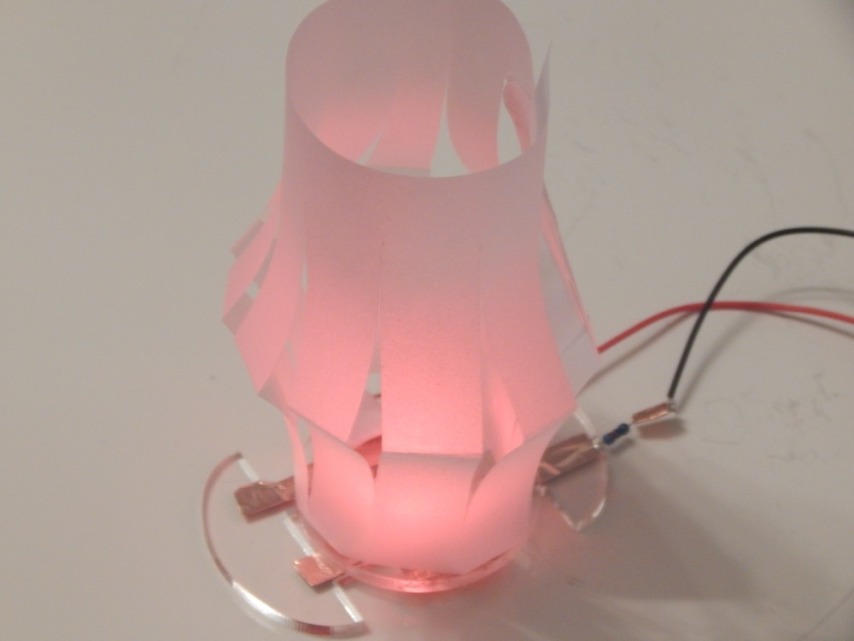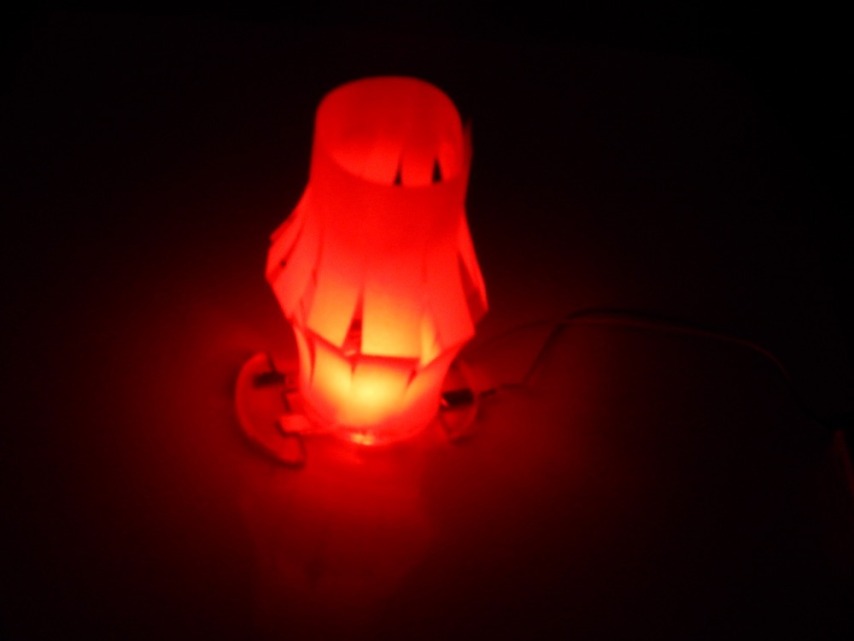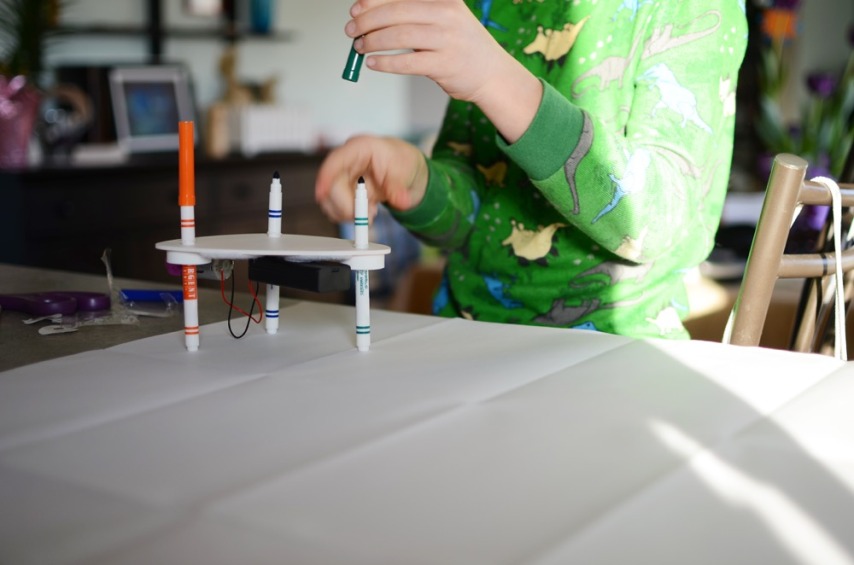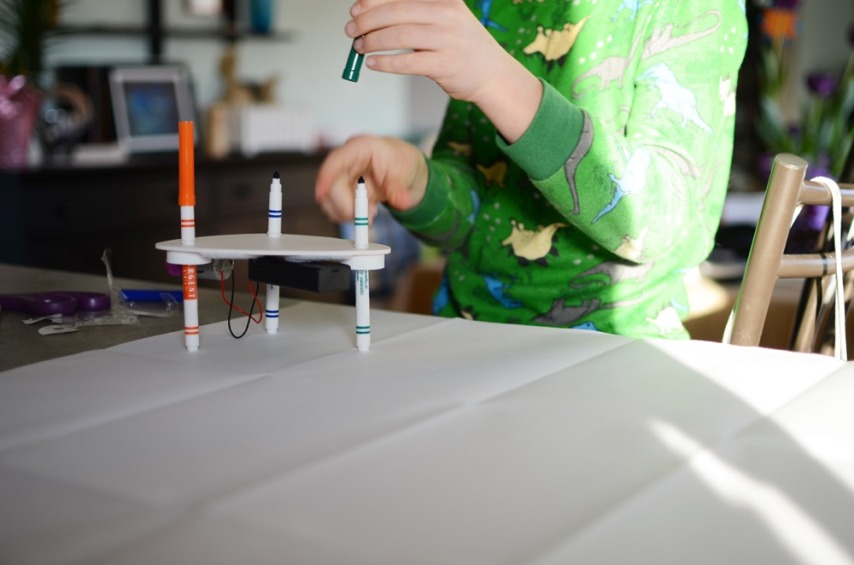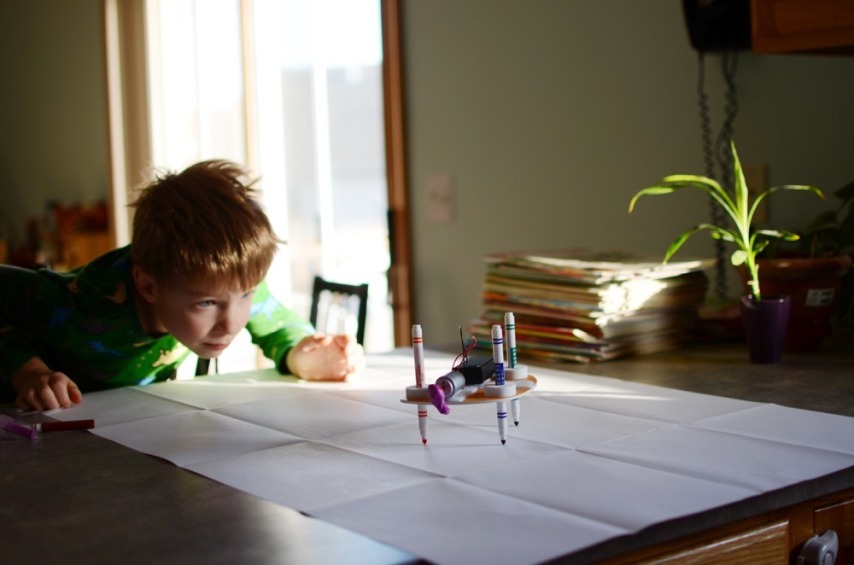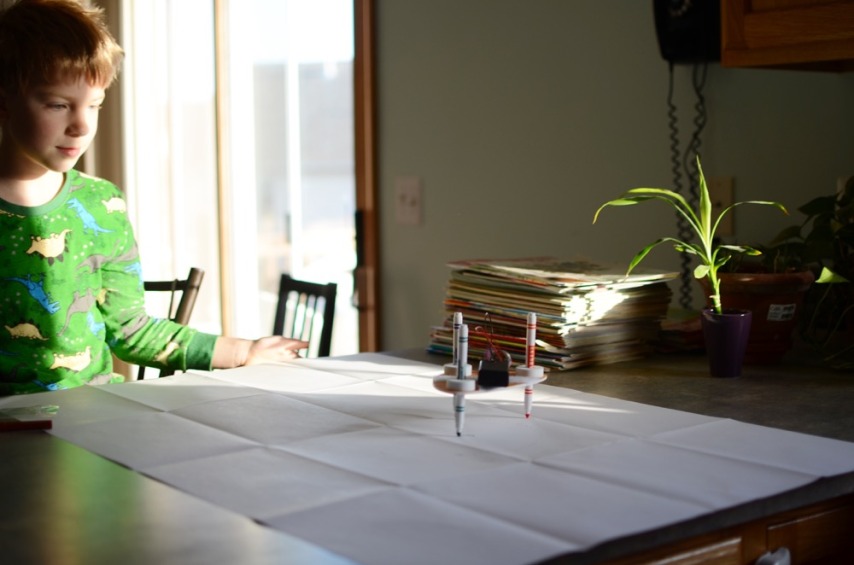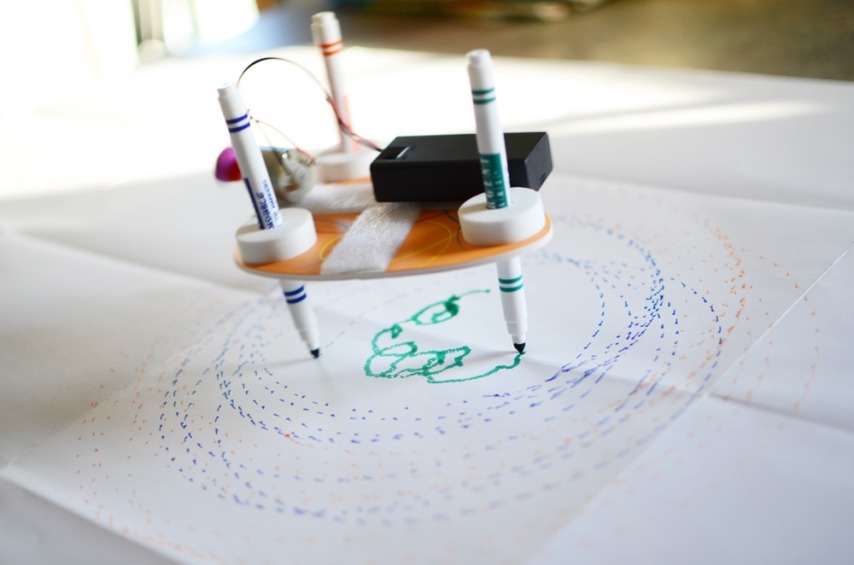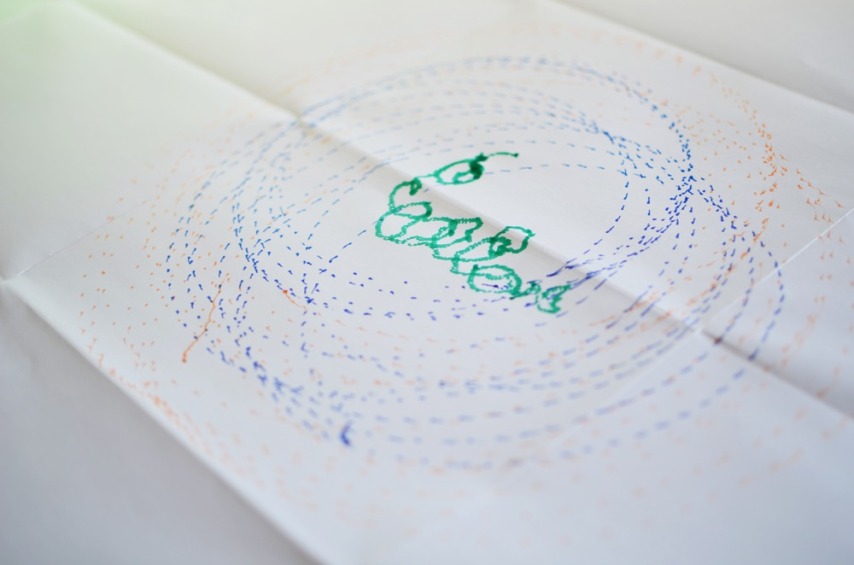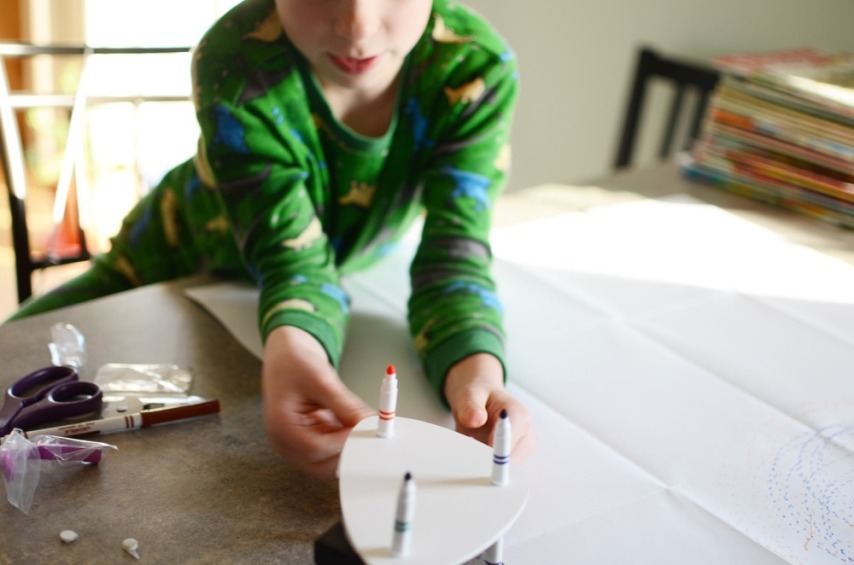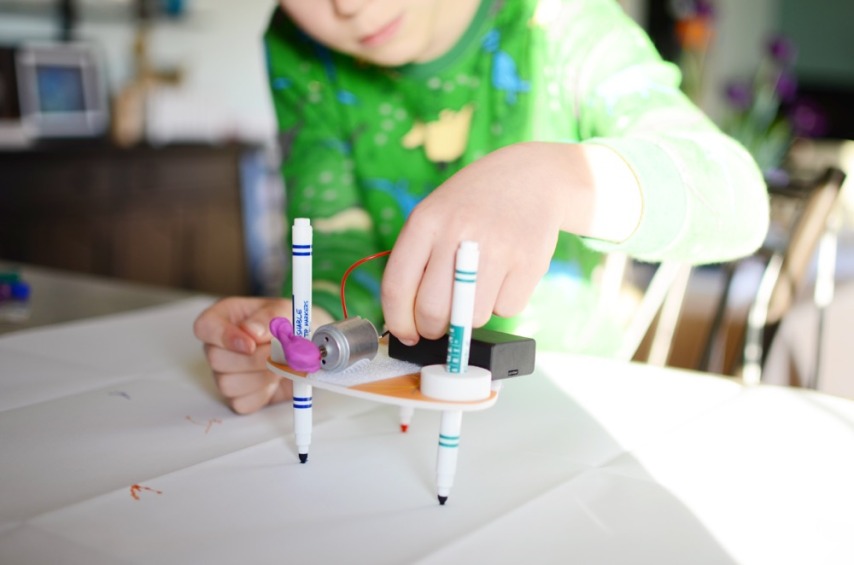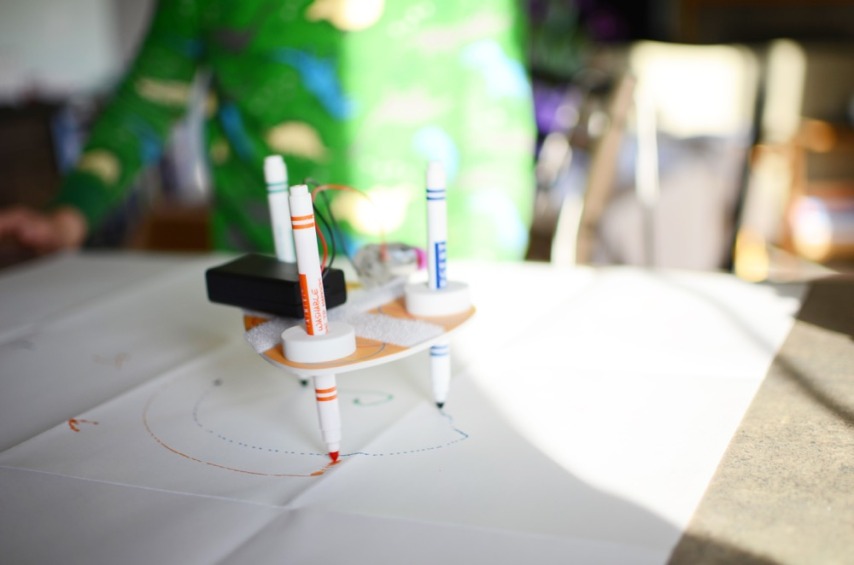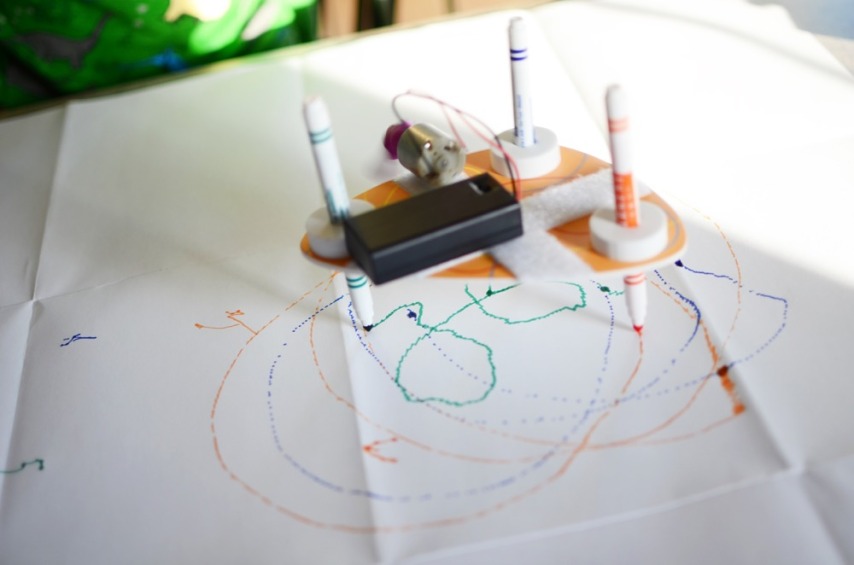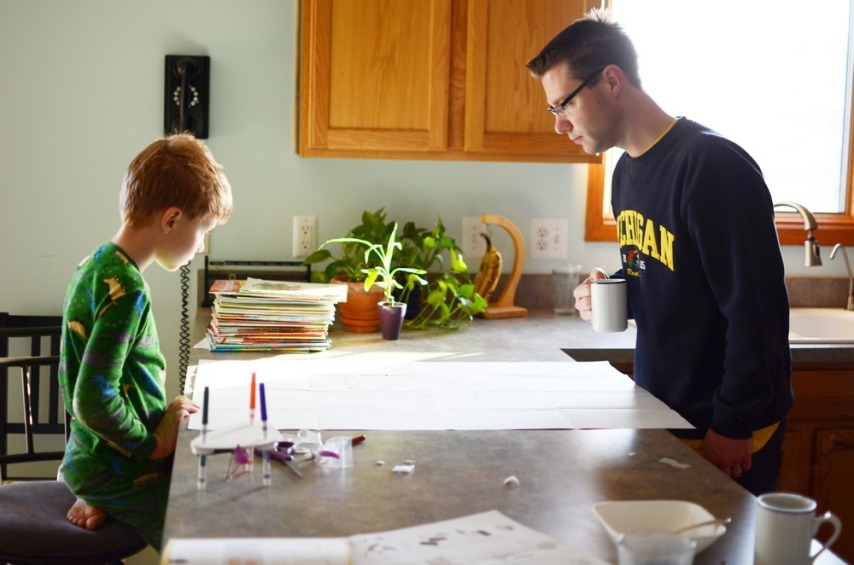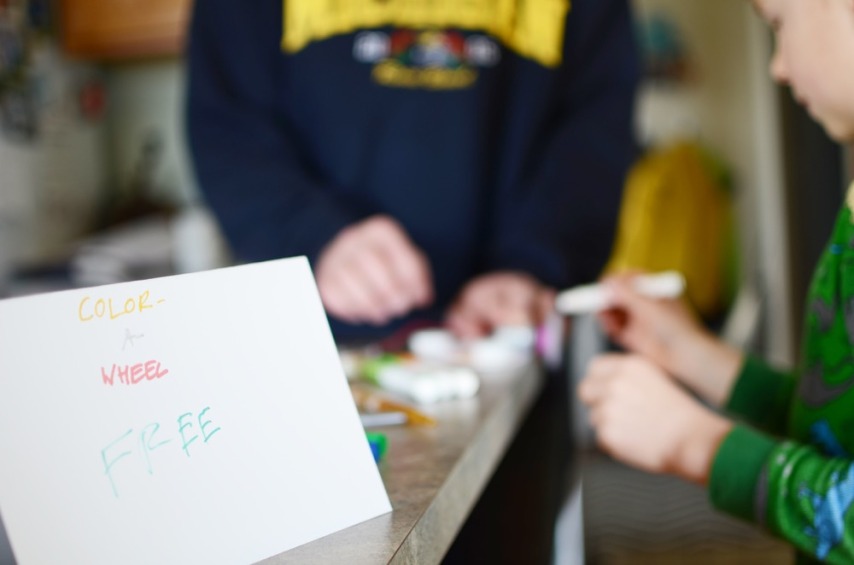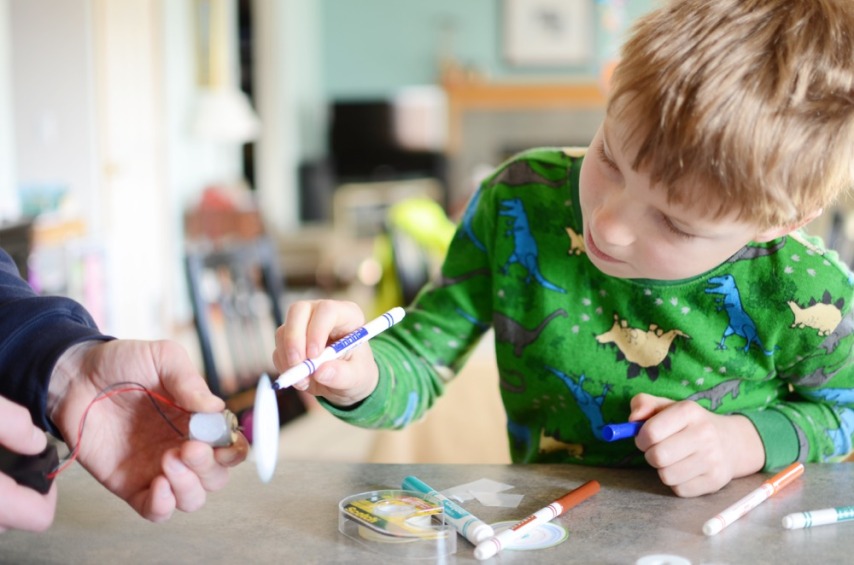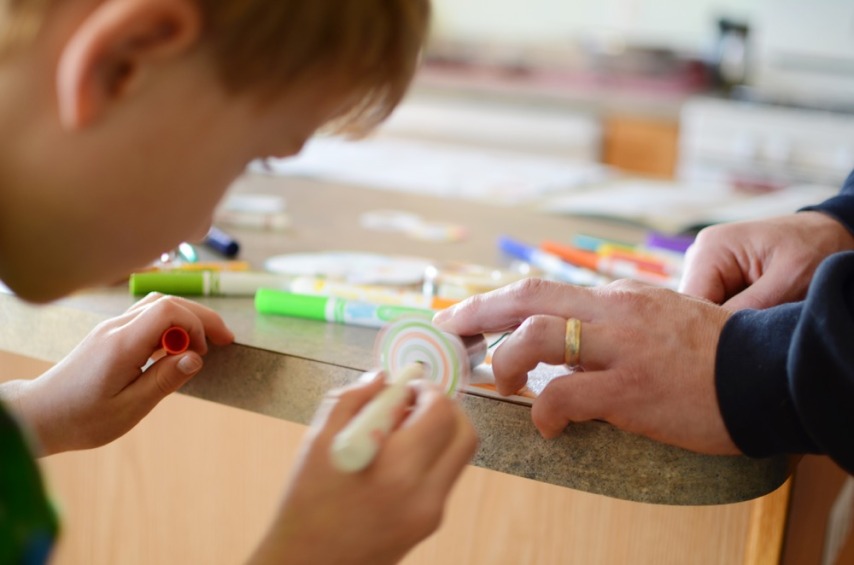Two more hikes for us this week...so far. This is our new science plan for the next season or two. And there's a science behind that decision, too. I have weekly calendars to keep our school journey on track. I actually started using them about five years ago when we were just getting started with the Five in a Row plan. At the time they were more about art projects than schooling, but they grew and changed quite a bit through the months, and then the years, going from a list of possible craft projects, to a list of books to read and chores to get done, and ultimately to a pretty detailed list of the homschooling things we tackled during a day.
I use the calendar not only for keeping track of where we are going what we plan to do in a week, but also as a means of recording what we have done. On the back side of every calendar I keep a sort of daily journal, tracking the amount of time we spend on subjects, the total amount of time we spent schooling during the week, and even the overall attitude we both have about them.
My initial goal in keeping the calendar and journal was to have, should Michigan homeschoolers ever be held accountable, a record of time spent on school and its subjects. But the calendar had a secondary, unforseen but fortuitous, benefit as well. Having all those details about time spent and, especially, our tempers and focus during that time, gave me a larger perspective that has been very, very helpful in tracking our study trends.
And spring, year after year, has been a terrible time for us to keep to a regular homeschool schedule.
Our usual schedule includes reading, researching, and writing, but in the spring we both struggle to sit long enough to do any of these things. Looking back at my notes ("no focus today!", "sooo grouchy about math!") this was obvious. So this year we formulated a new plan. Beginning with the warming of the earth, we are leaving behind our science books (never text books, always living learning books, but still books), and are entering the field to learn about the earth from the earth. We are still keeping to our other subjects, but on a diminshed schedule, allowing us to really focus on that outdoor science stuff right now: at least two hikes a week, more when we can. During this time we are keeping track of the progression of the spring awakening by visiting our favorite preserve weekly. And we are going to record the species we find during the bird migration. We are relating all of it to species identification, adaptations and evolution, the geology of the earth, and the general science of life. Biology, from several different aspects.
It's an exciting new project for us, and it's off to a great start.
This week, back at the Scio Woods Preserve, the frogs were much quieter, but the birds were much more active. We took a packed lunch and ate it at the pond with a Great Blue Heron, a juvenile Red-tailed Hawk, and a Belted Kingfisher. Later, we saw just about every woodpecker imaginable in our area, and noted an increased number of insects, which coincided with an increased number of snakes and butterflies. We also discussed the difficulty of identifying species in the field. In fact, with better pictures this week we were able to re-ID a species we saw first last week, but blurry pictures of other species provided a different kind of challenge.
My favorite part, though, as much as I love all the birds and the quiet of the woods, was the time spent visiting with my growing son. Sure, we visit all the time—discussion is a big part of our homeschooling plan—but this was a different kind of conversing, a sort of sharing of ideas and excitement, and that added a special warmth to the already bright spring day.
These are actually pictures from both of our mid-week hike days so far, including Scio Woods Preserve on April 14, and Dolph Nature Area and DeVine Nature Preserve on April 15.
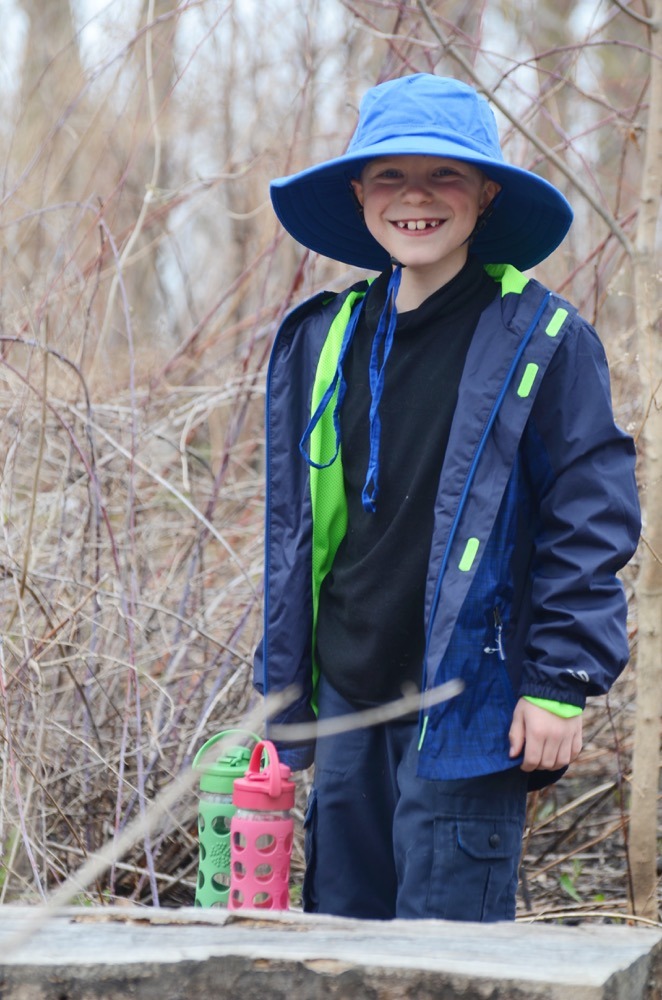
Red-tailed Hawk, juvenile
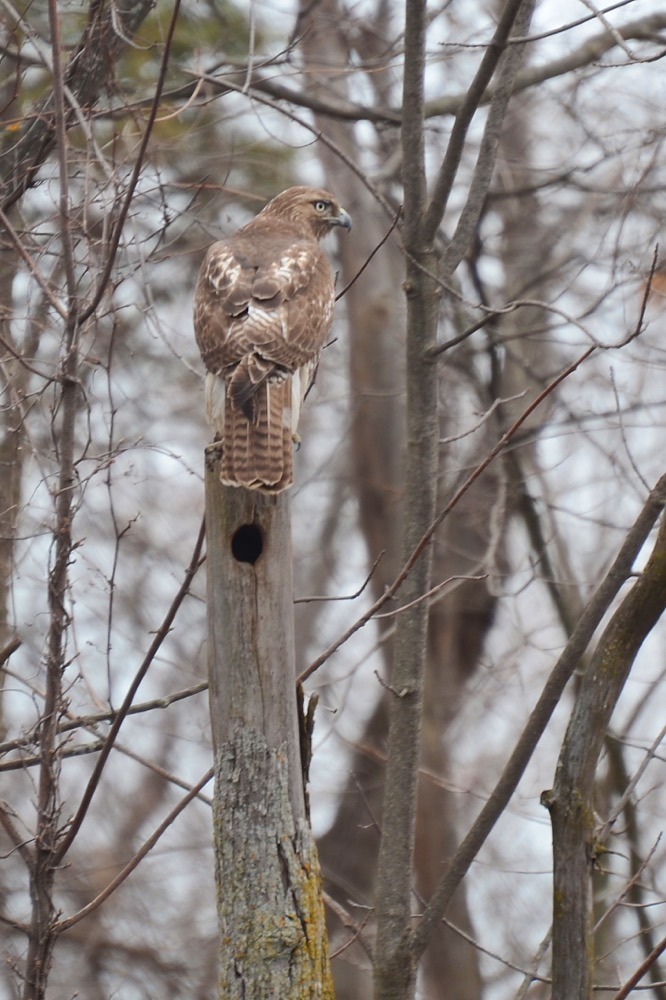
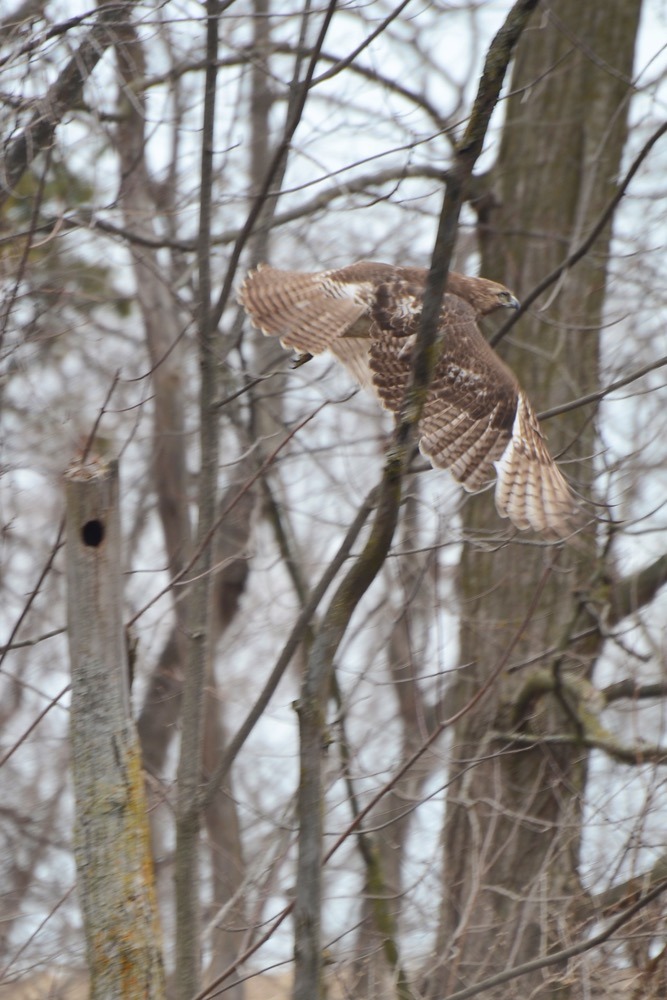
Great Blue Heron
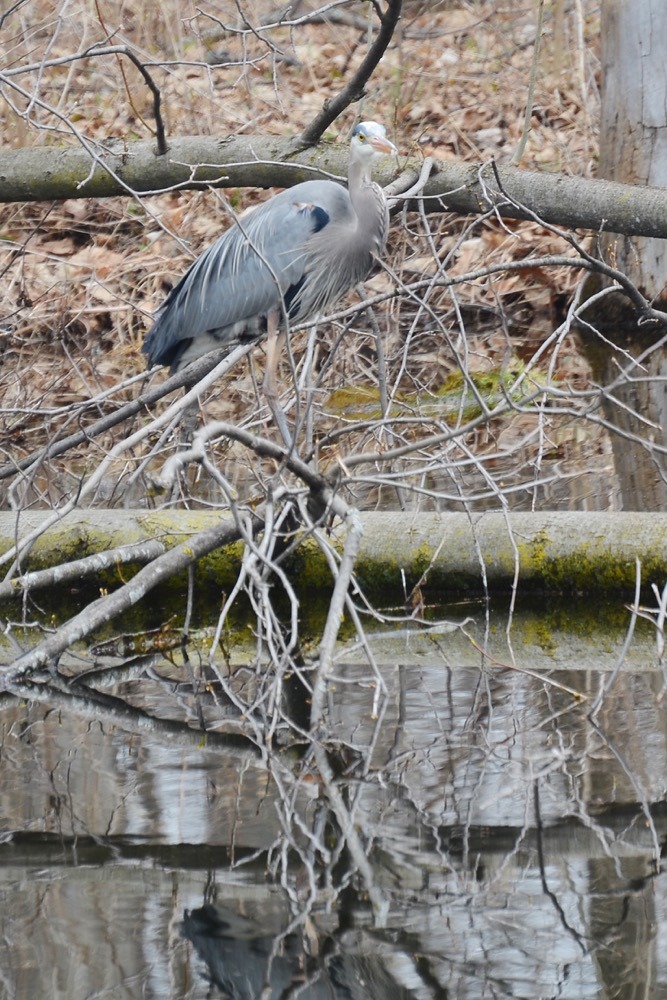
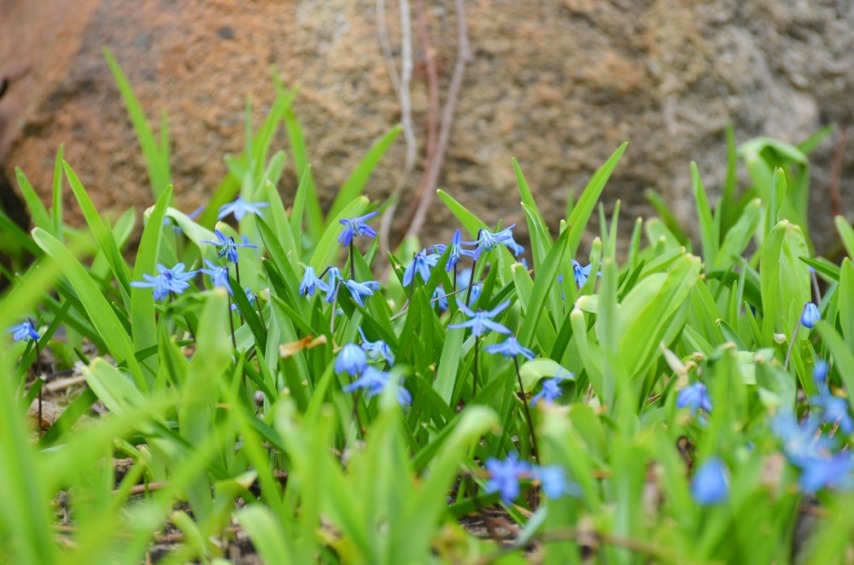
Ruby-crowned Kinglet
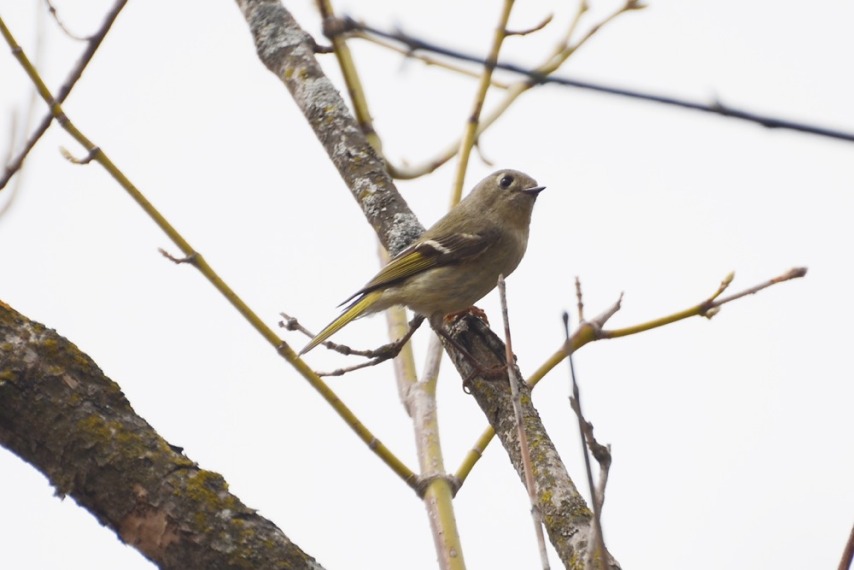
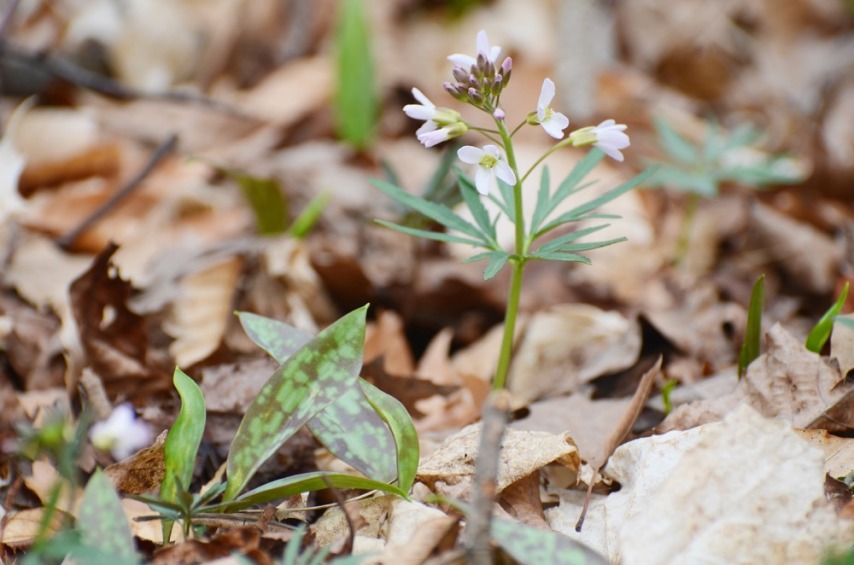
American Robin
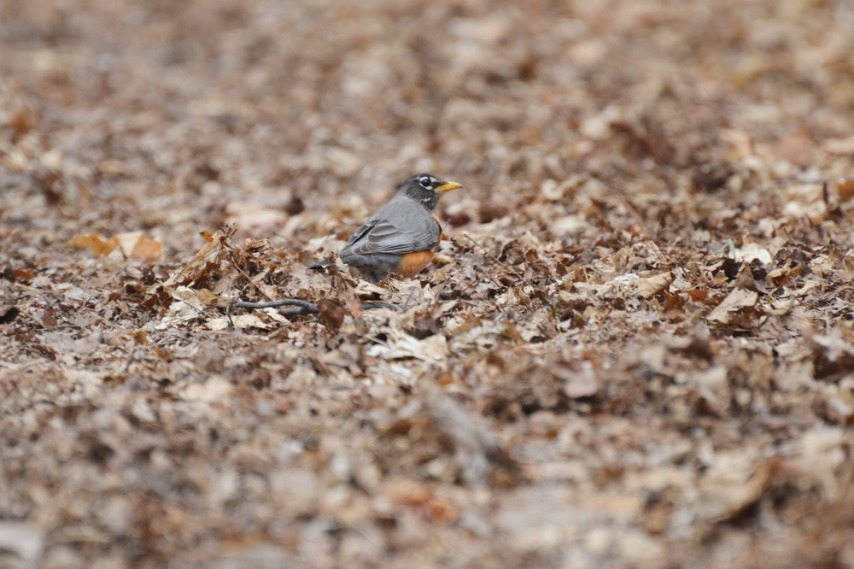
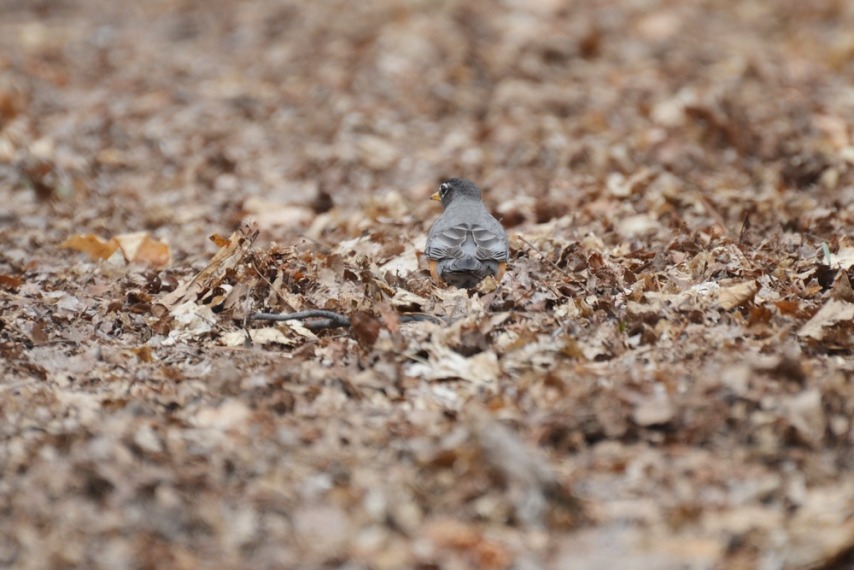
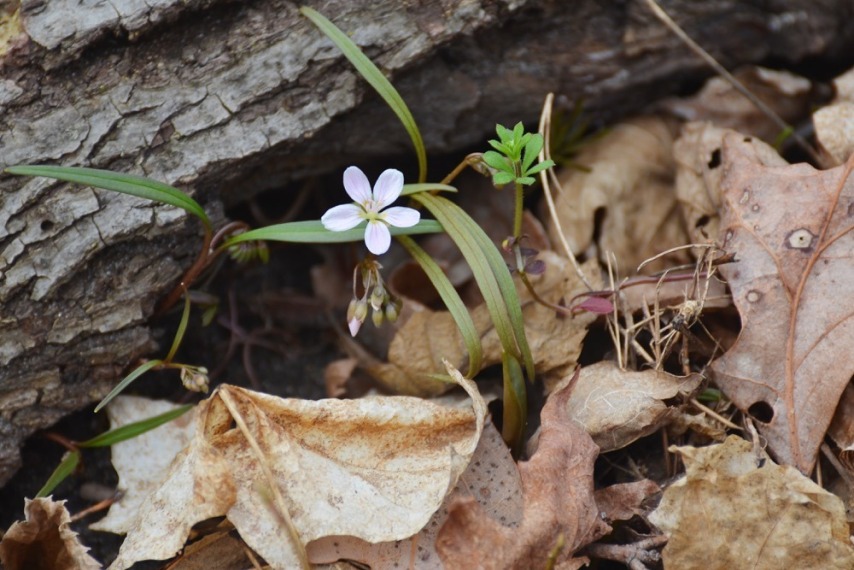
Red-bellied Woodpecker
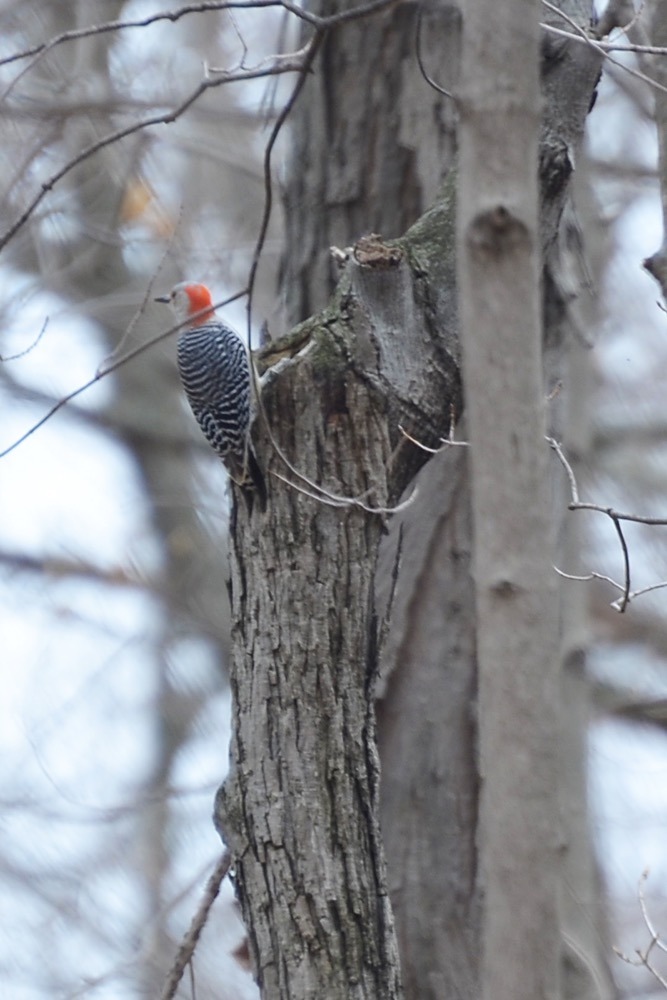
Pileated Woodpecker talking to a Downey Woodpecker
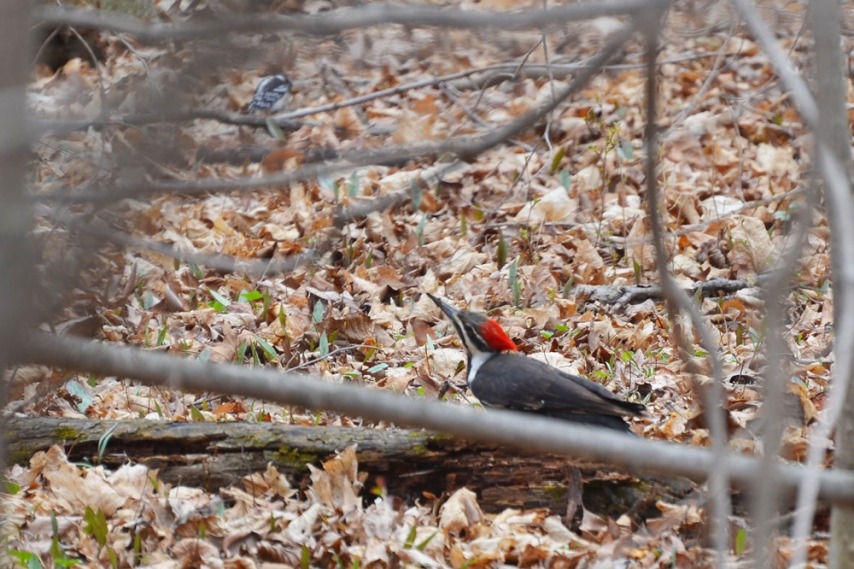
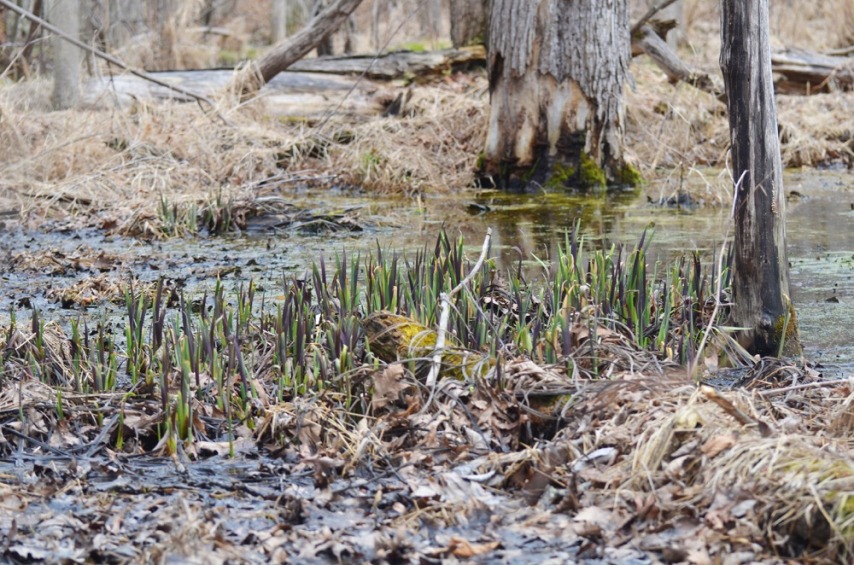
Mourning Cloak
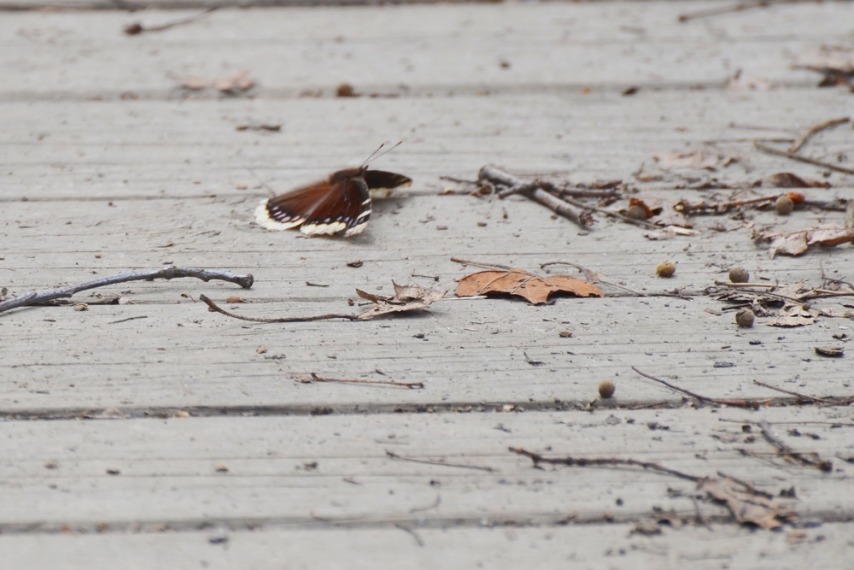
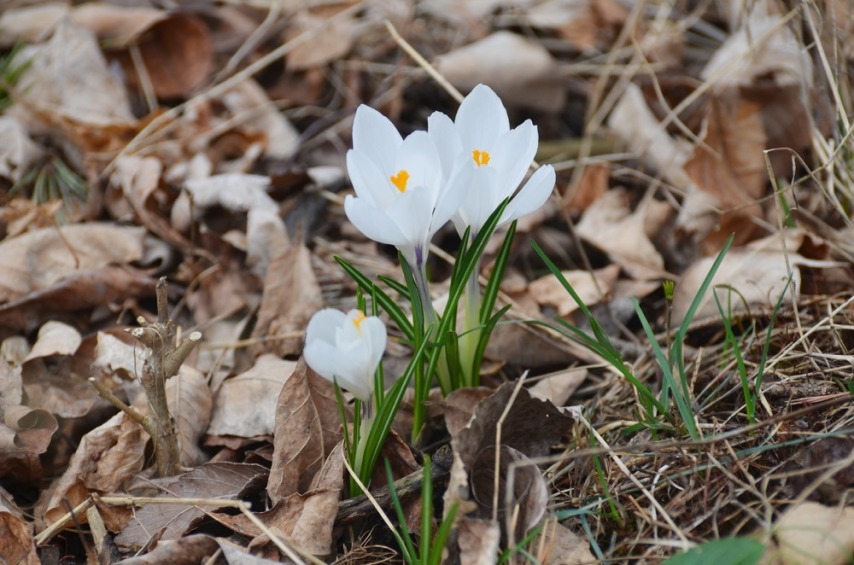
April 15, Dolph Nature Area
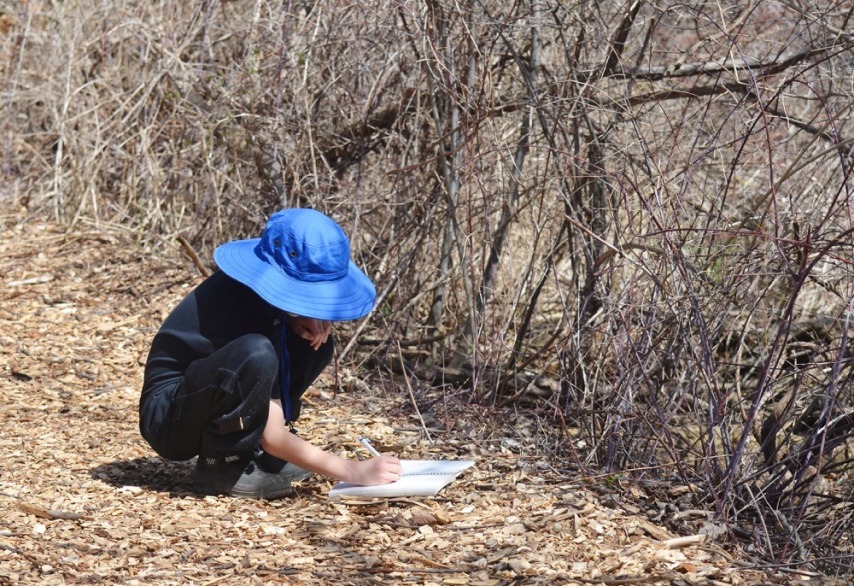
Common Garter, red morph
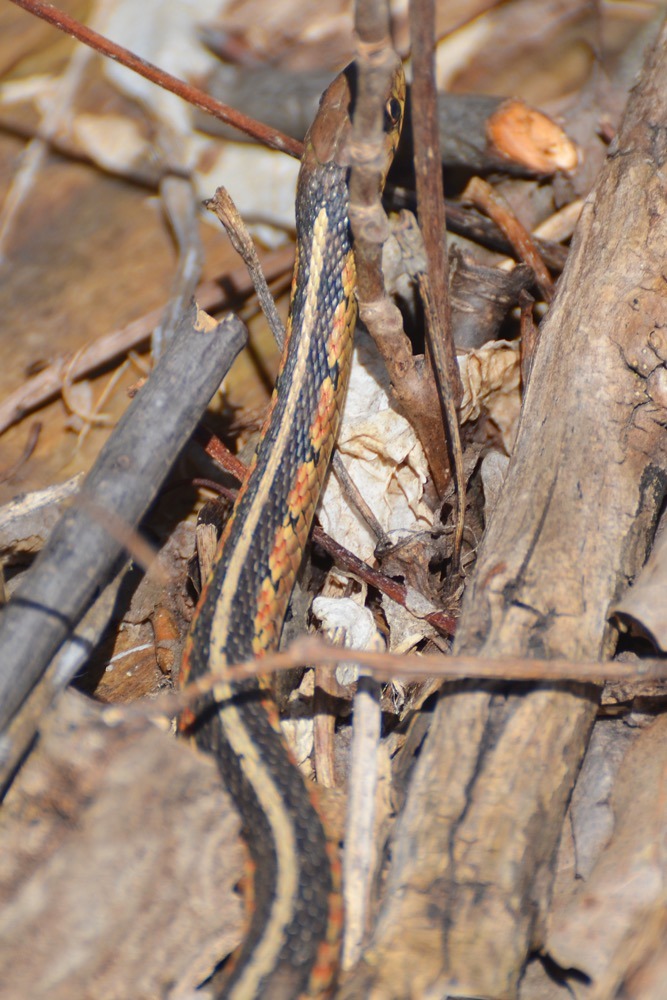
Turkey Vulture
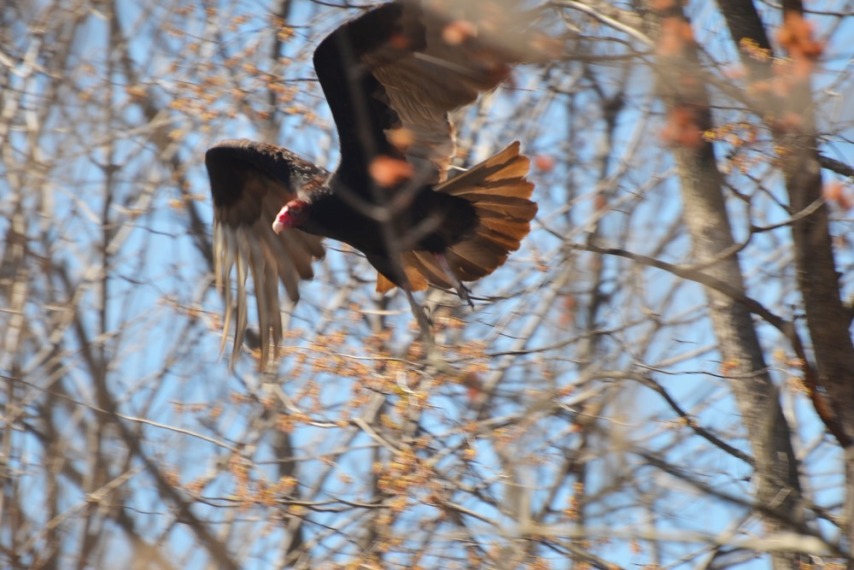
Gray Squirrel, black morph
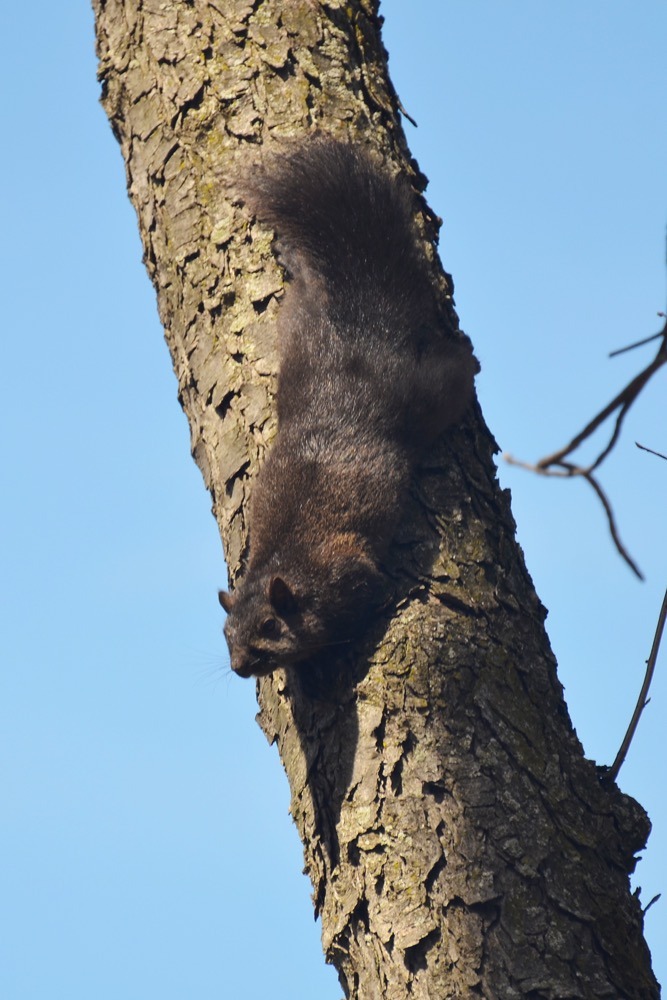
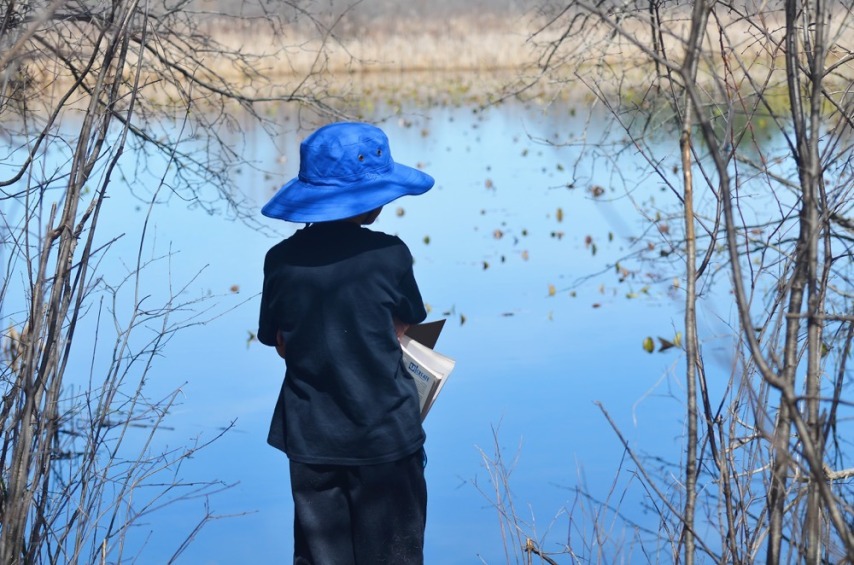
Red-winged Blackbird (in a not so graceful position)
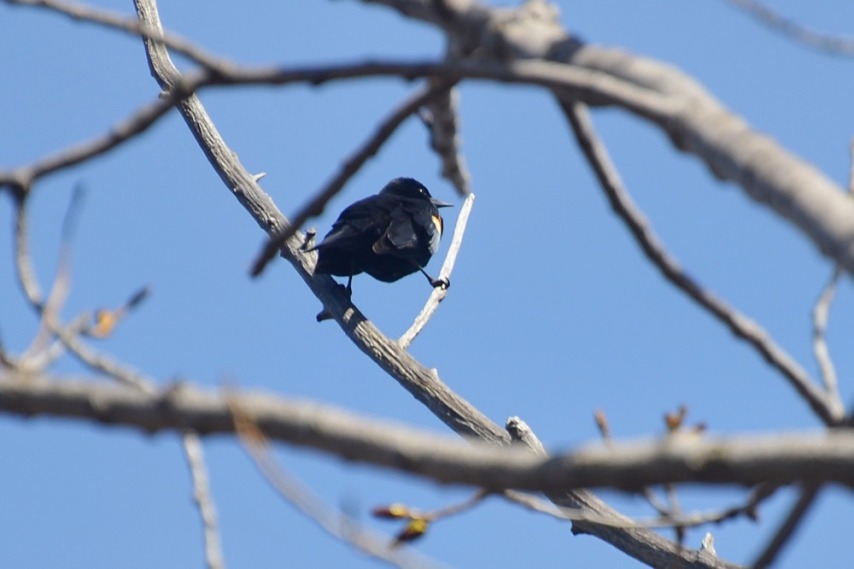
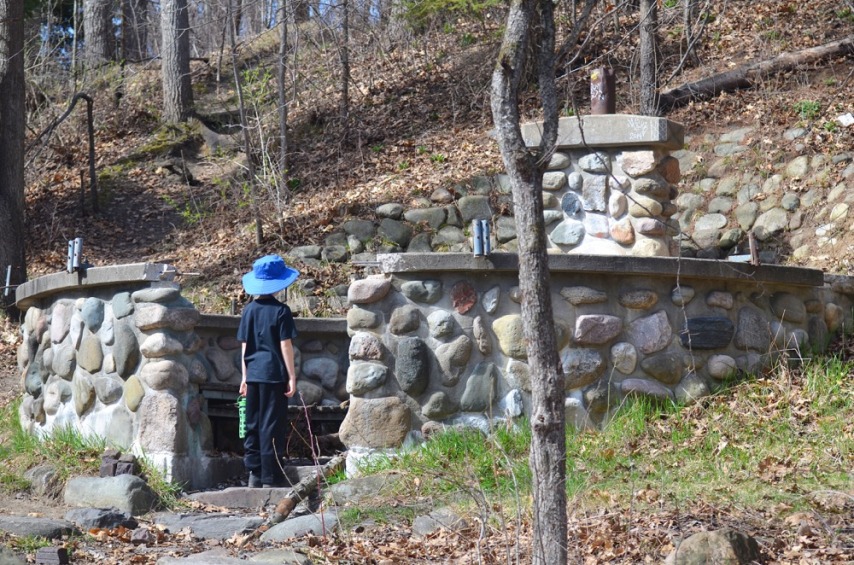
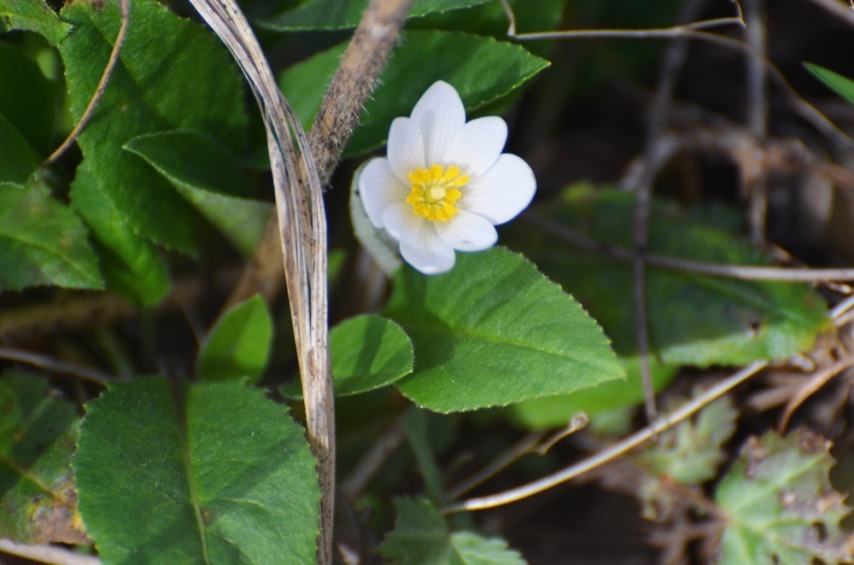
Beaver evidence!
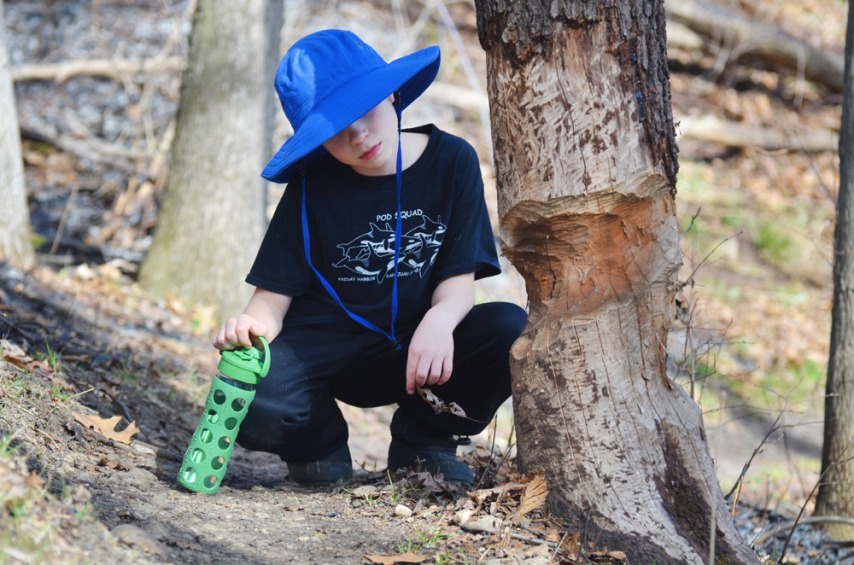
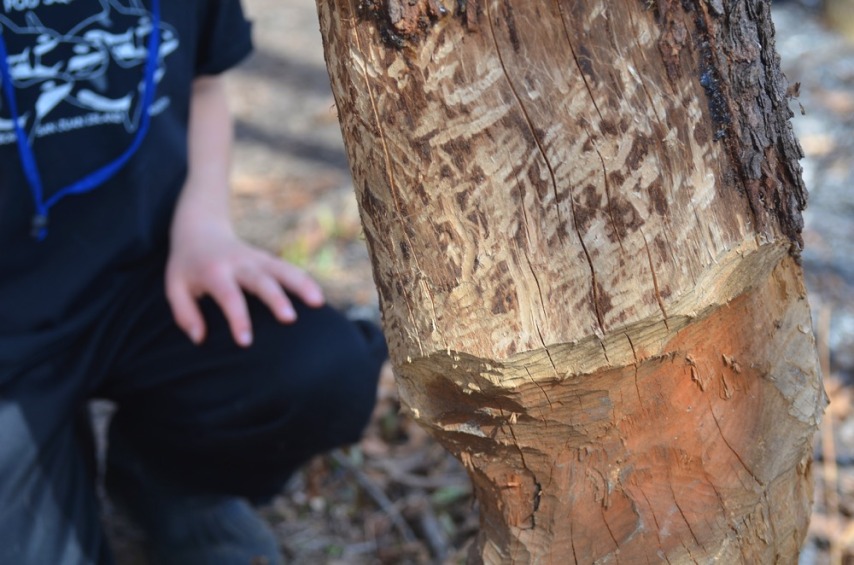
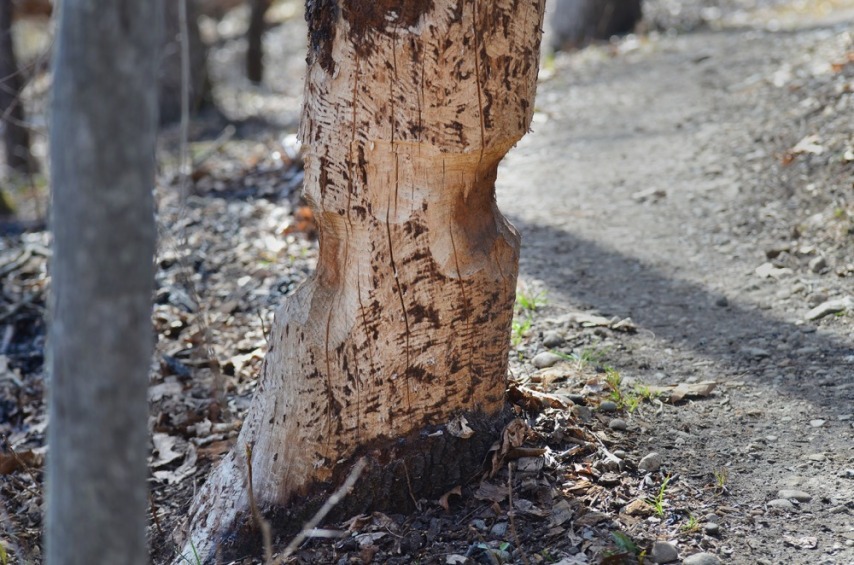
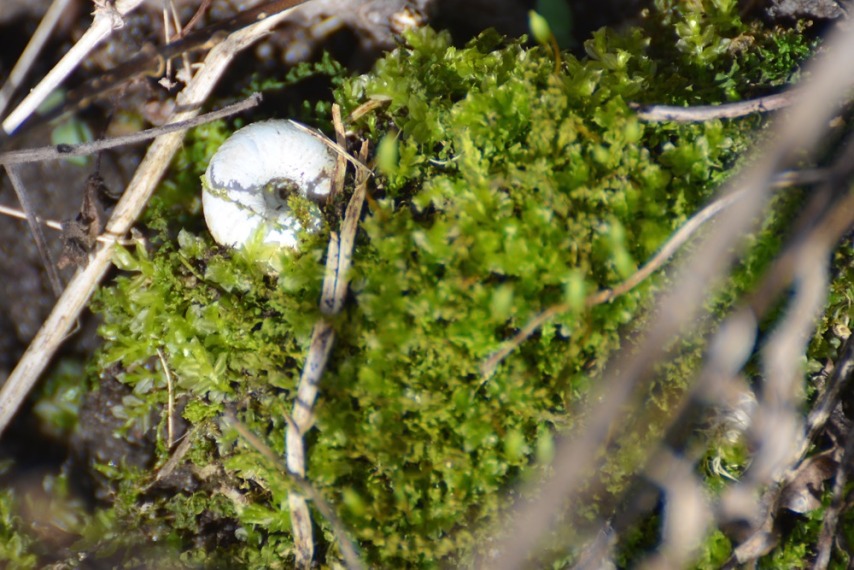
Eastern Phoebe
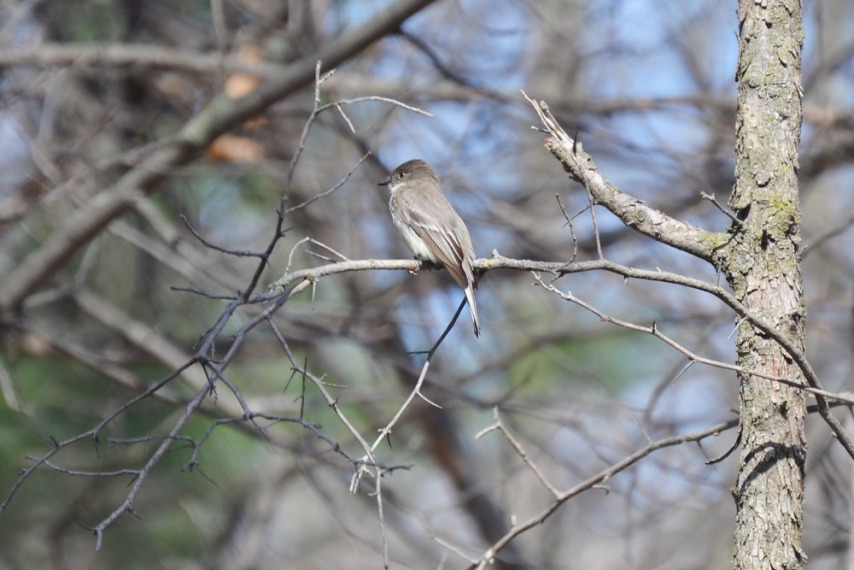
Blue-gray Gnatcatcher
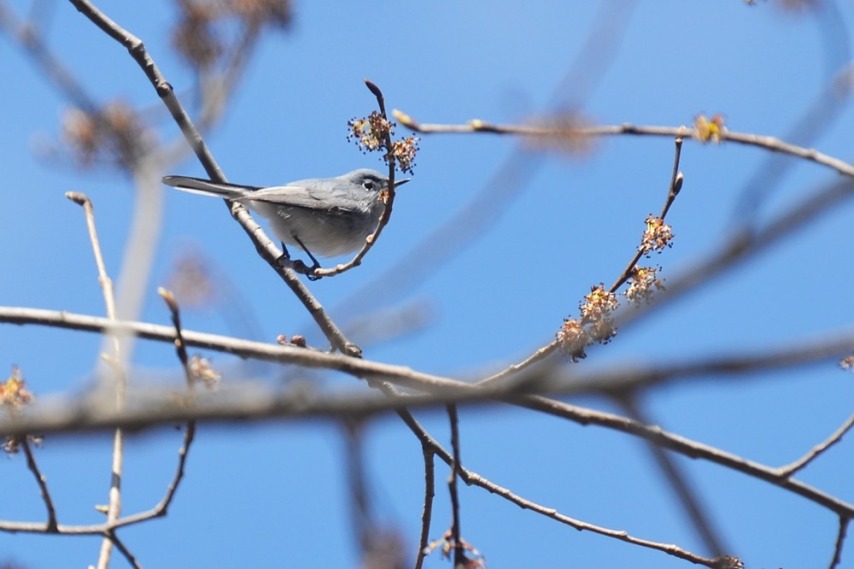
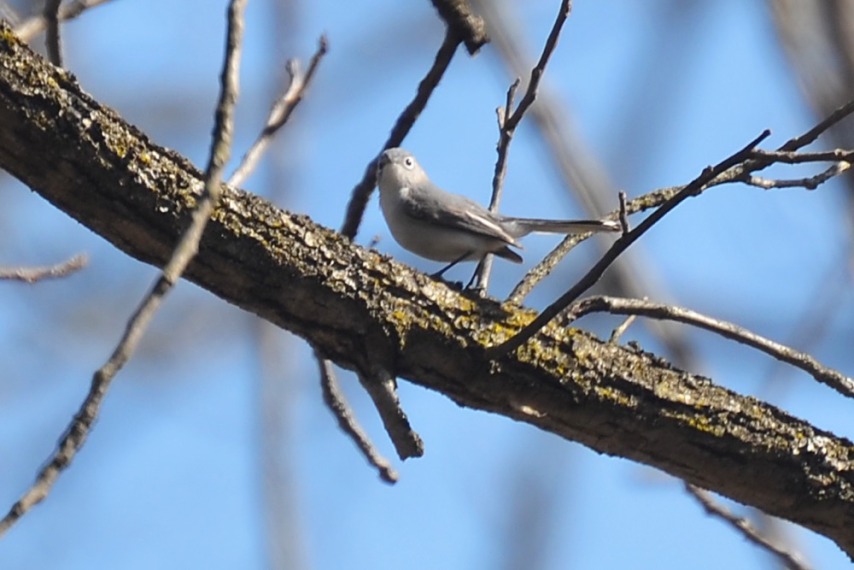
And how about some ID challenges? Not all of the bird pictures I post are in great focus. Have you ever tried to catch a moving target with a long range telephoto lens? To catch some of the birds, the extra zoom is necessary, but with the lens fully extended every shake of the camera shows, and the birds don't hold still long. So sometimes a blury shot is the best we can do, but usually it's better than nothing, even if it's truly a blury mess. We spotted a bird this weekend that I was sure was a unique sparrow, one I've seen at the same park in the past. The size was about right, and the basic color was the same, but once I got the extremely blury photo in front of me, a distinction appeared—instead of a small yellow stripe on either side of his head, this bird's entire top head was yellow. Putting together what we knew we had seen with the blury photo and a migration pattern timetable, we identified our mystery bird as a Golden-crowned Kinglet. So a blury photo is better than no photo at all.
Here are some "outtakes" that we worked with this week:
Here is our Golden-crowned Kinglet. It is one of several blury shots of this little guy that helped us figure him out.
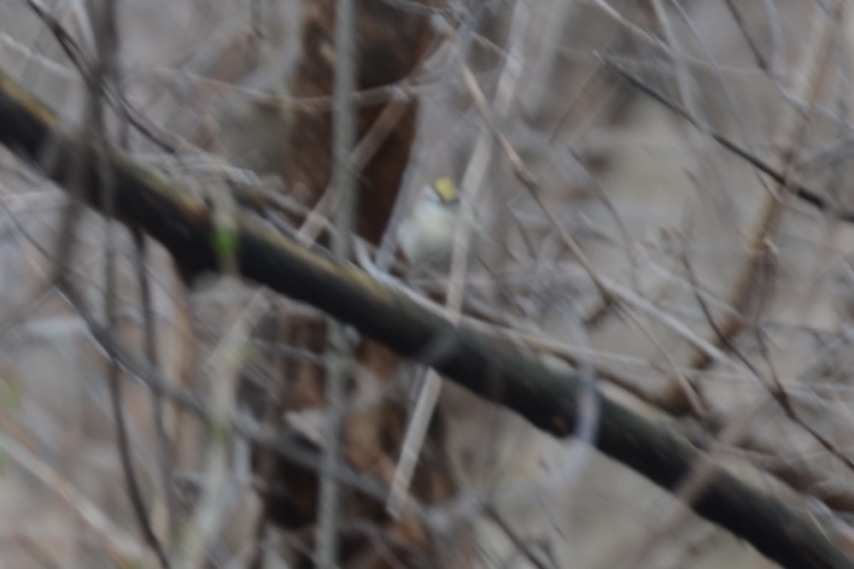
This Belted Kingfisher is pretty easy to identify here, but still not the best species picture we could ask for.
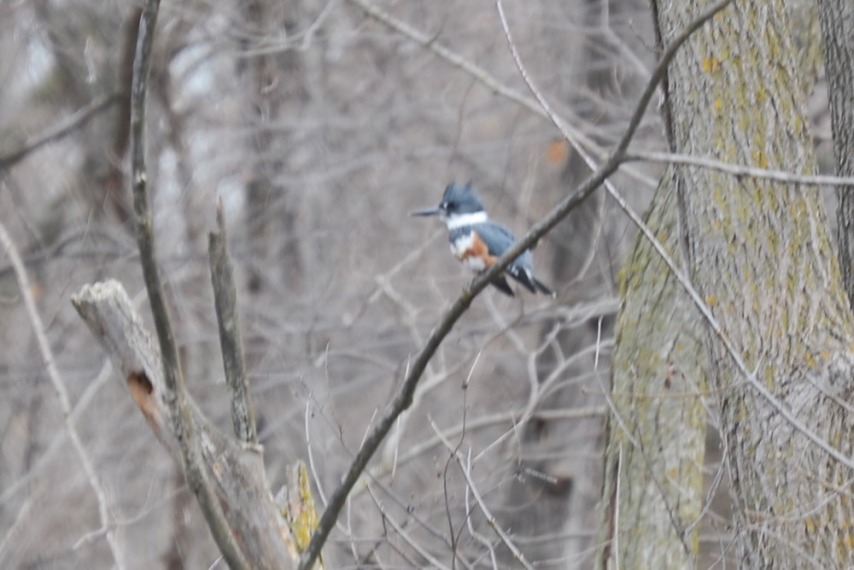
Without both a front and a side shot this handsome fella is hard to ID. Last week all we had was a shot of his back and we named him a Veery, but with this blury yet convincing full frontal, we've decided he's either a Wood Thrush or Hermit Thrush.
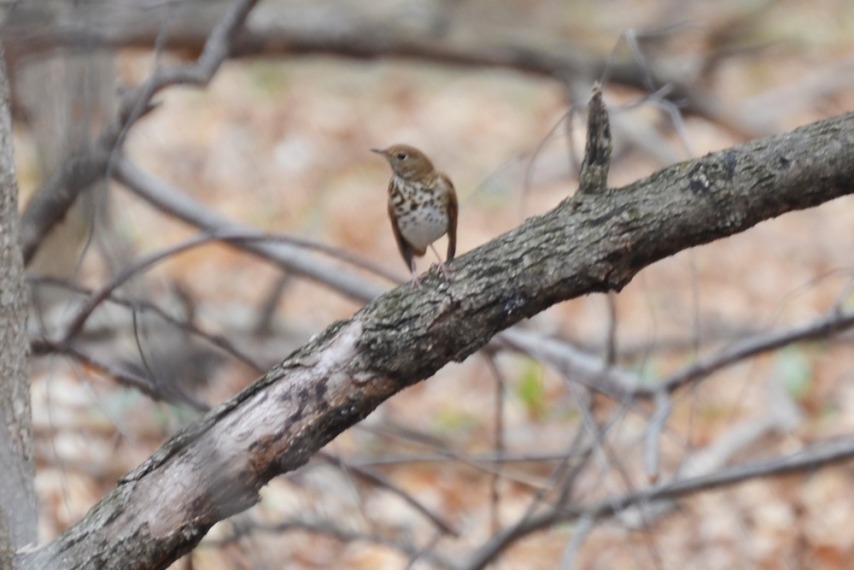
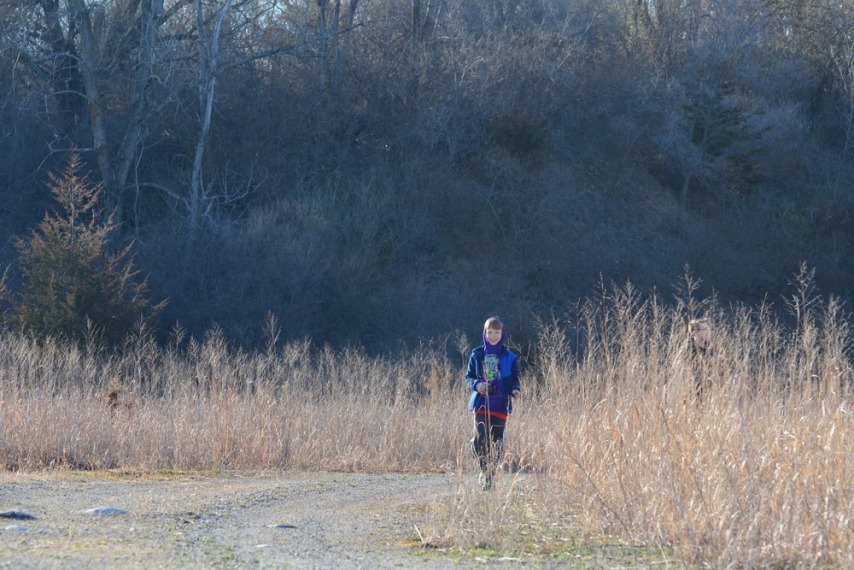
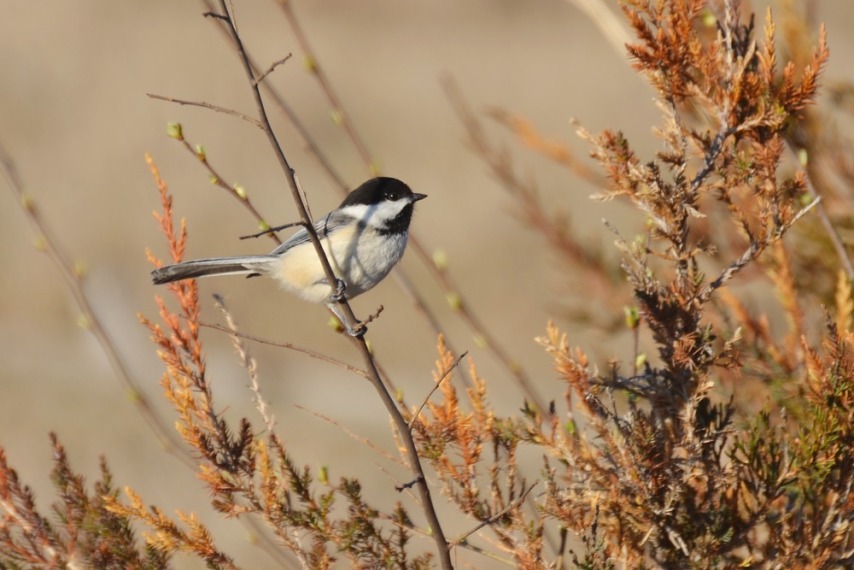
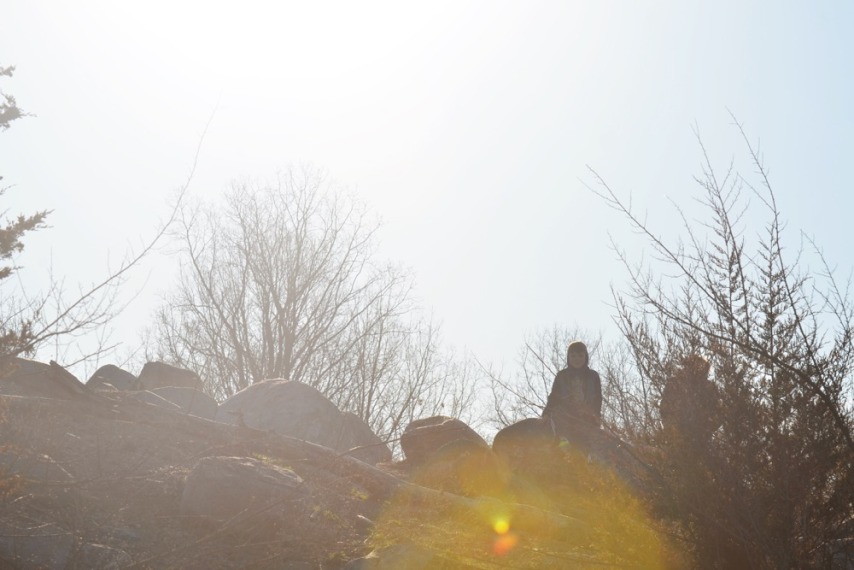

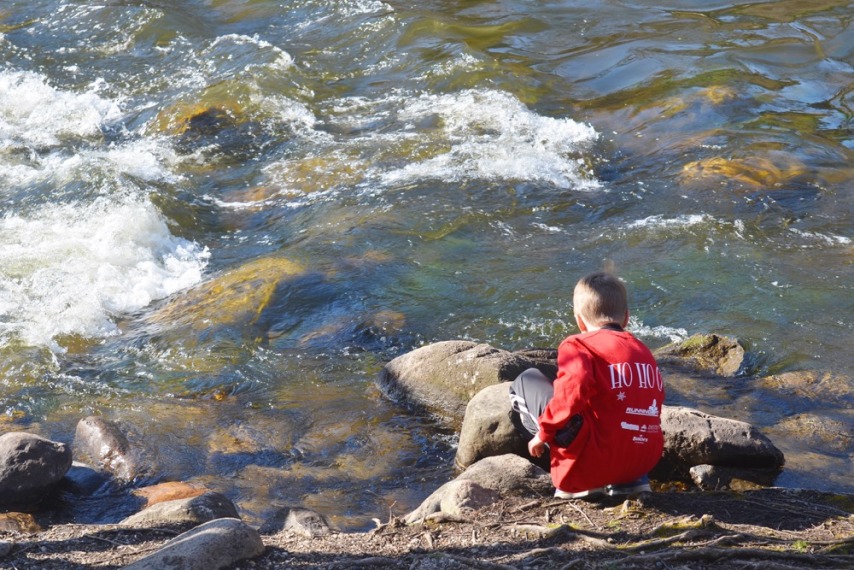
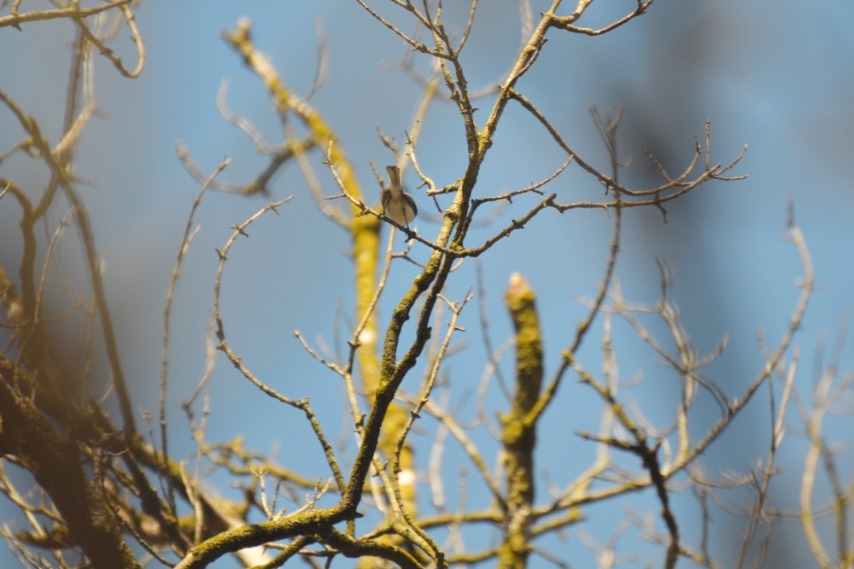
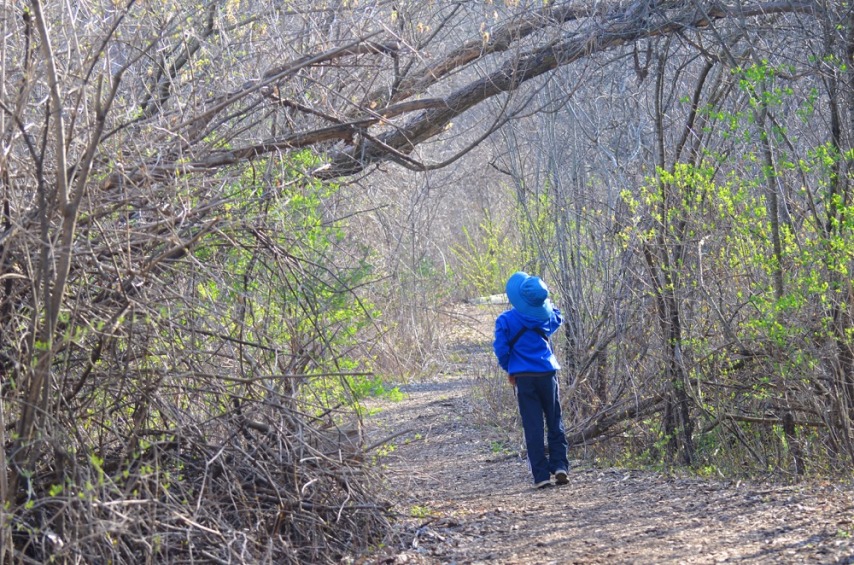
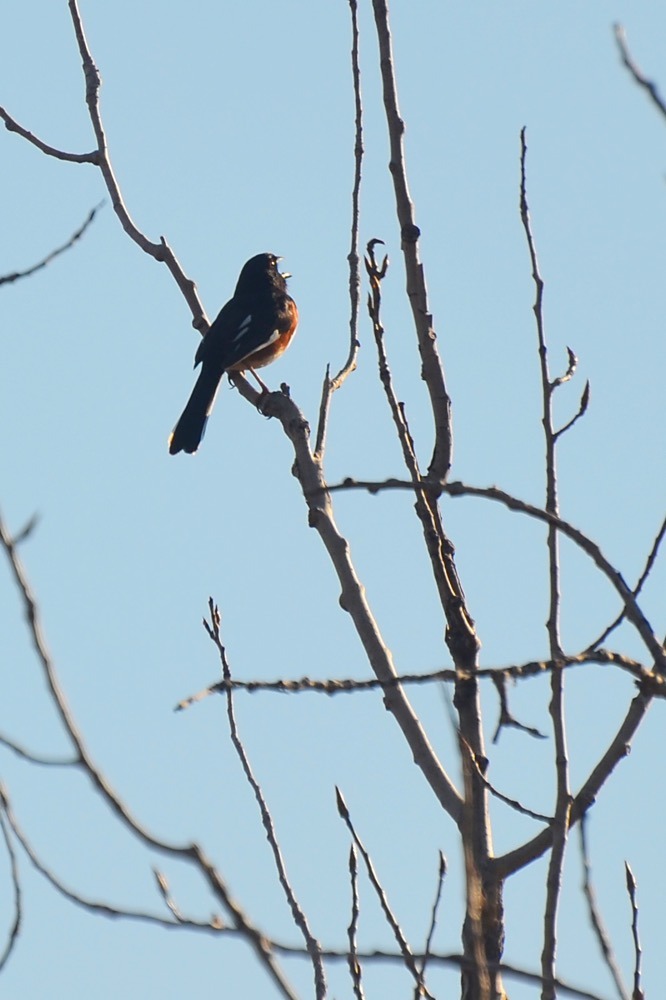
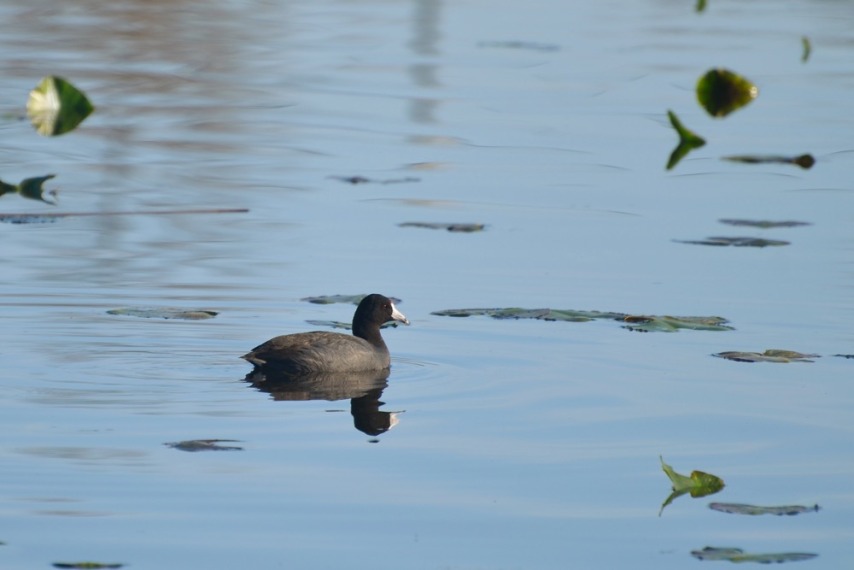
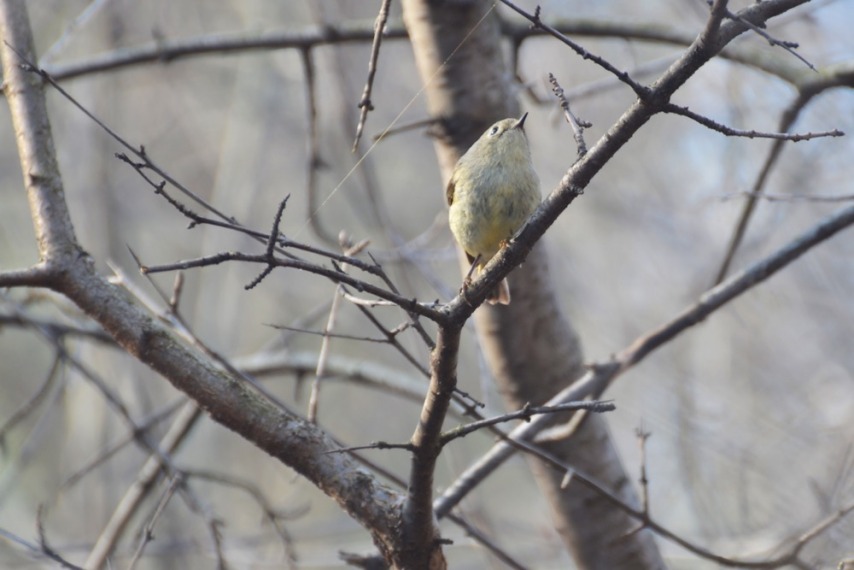
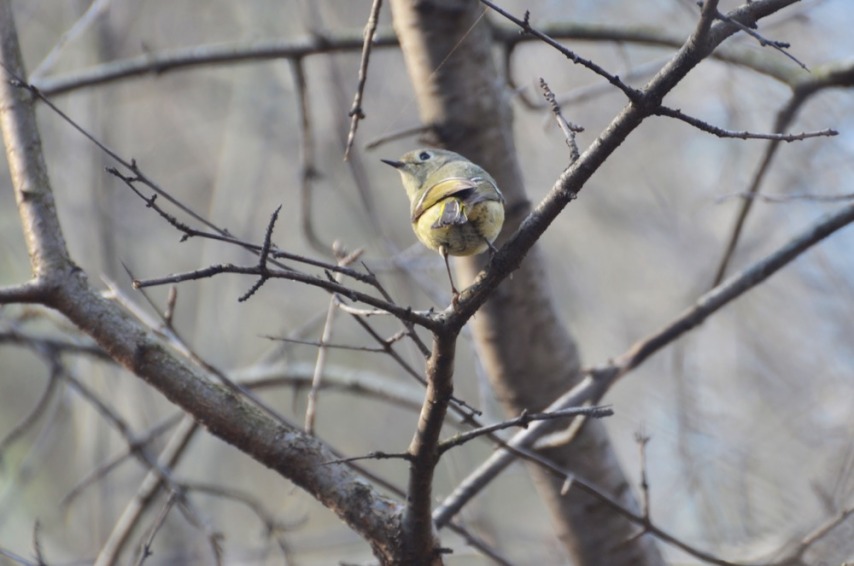
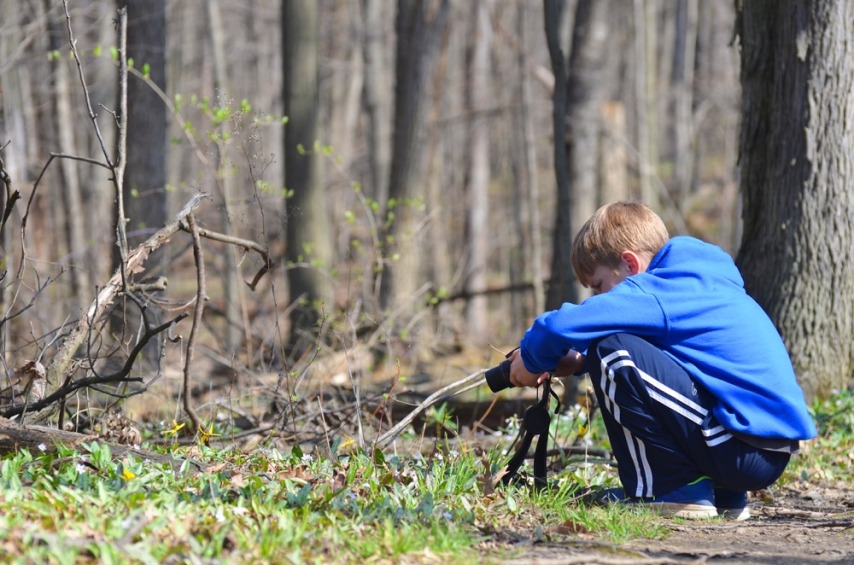
 bird watching,
bird watching,  homeschooling,
homeschooling,  science,
science,  wildlife
wildlife 